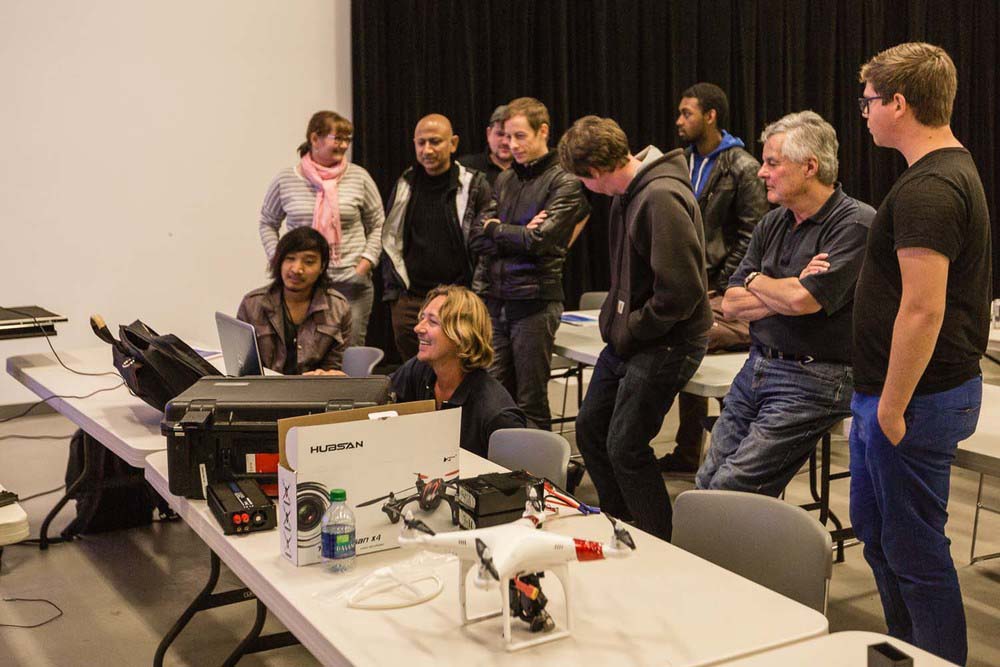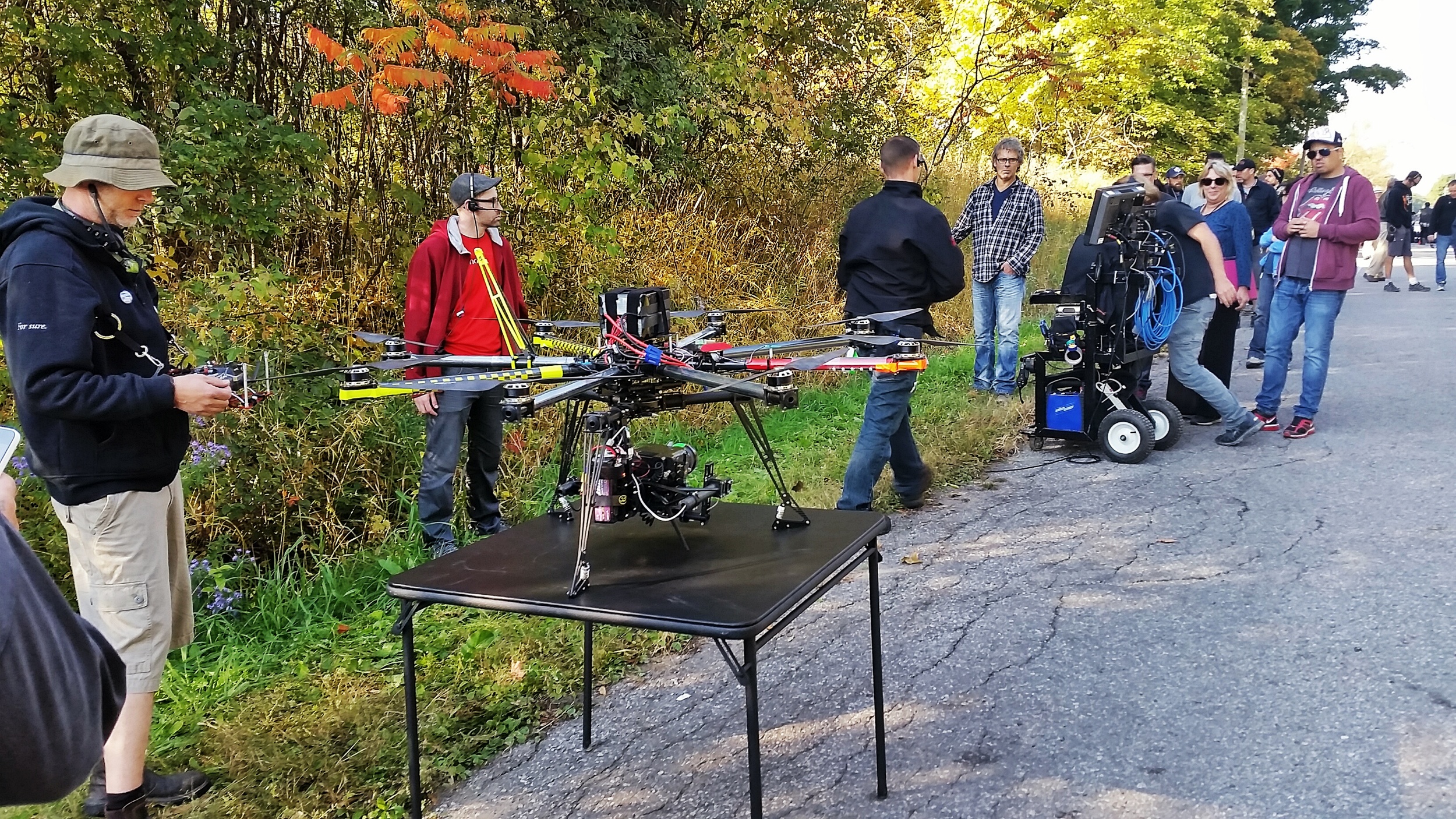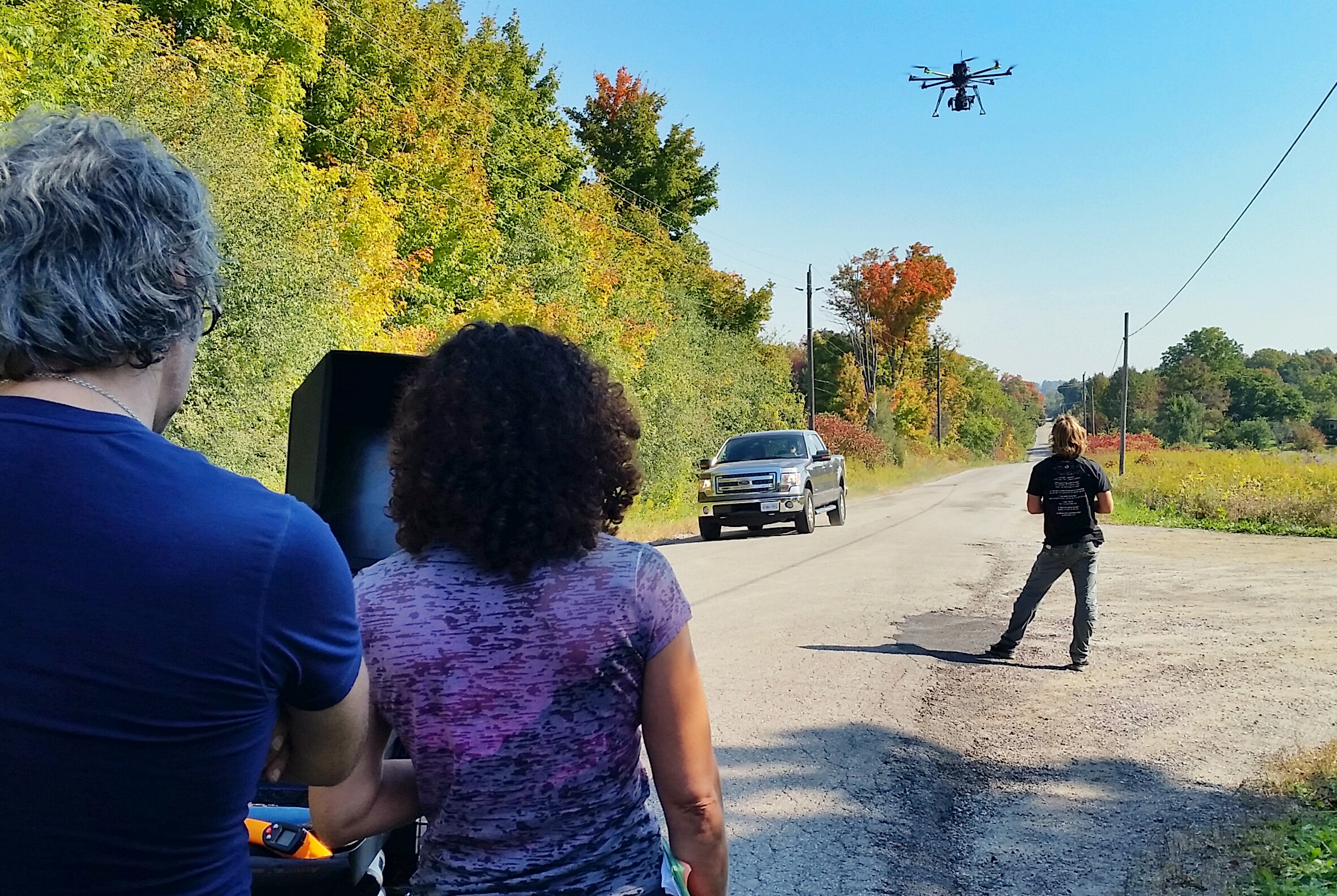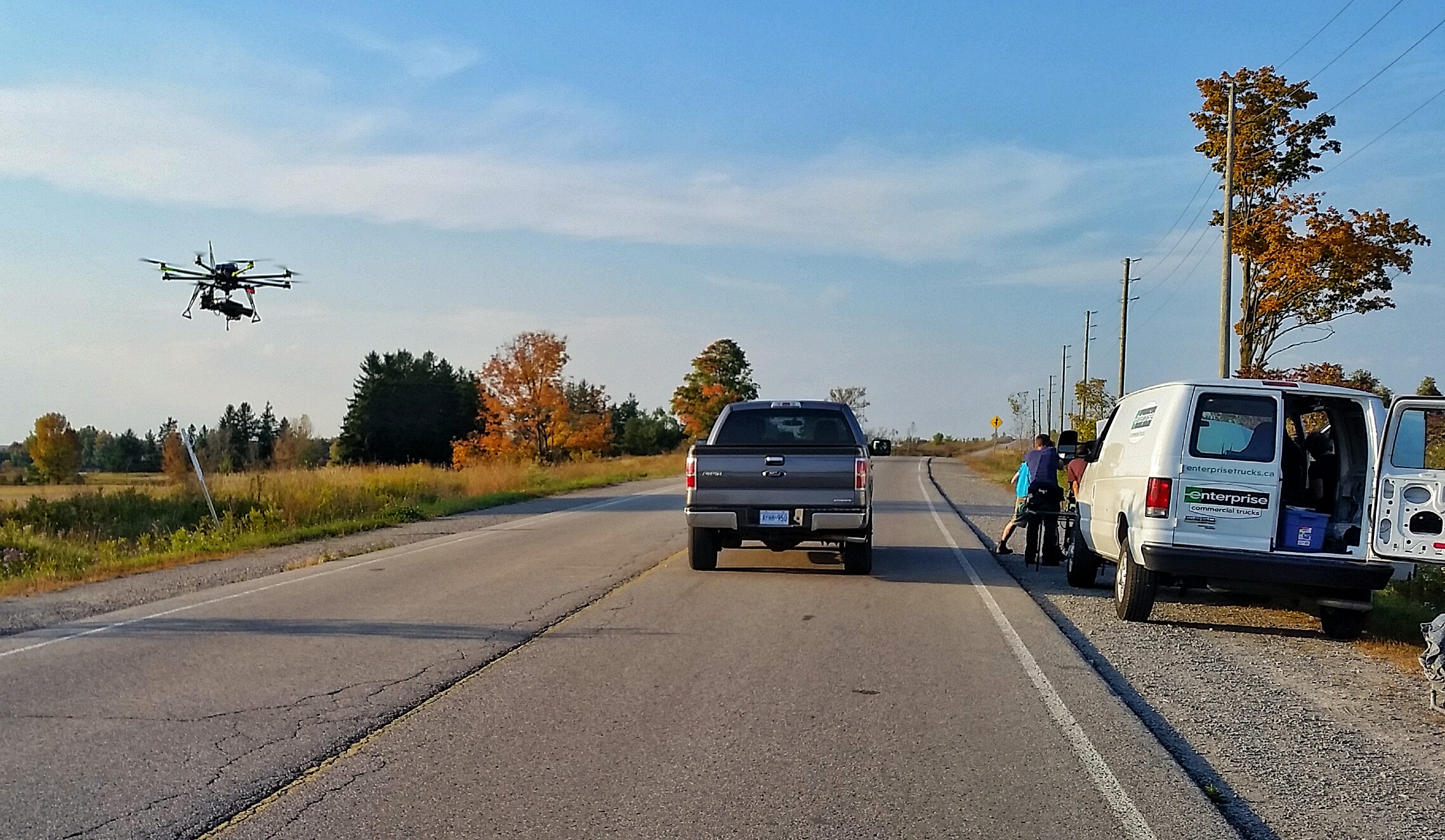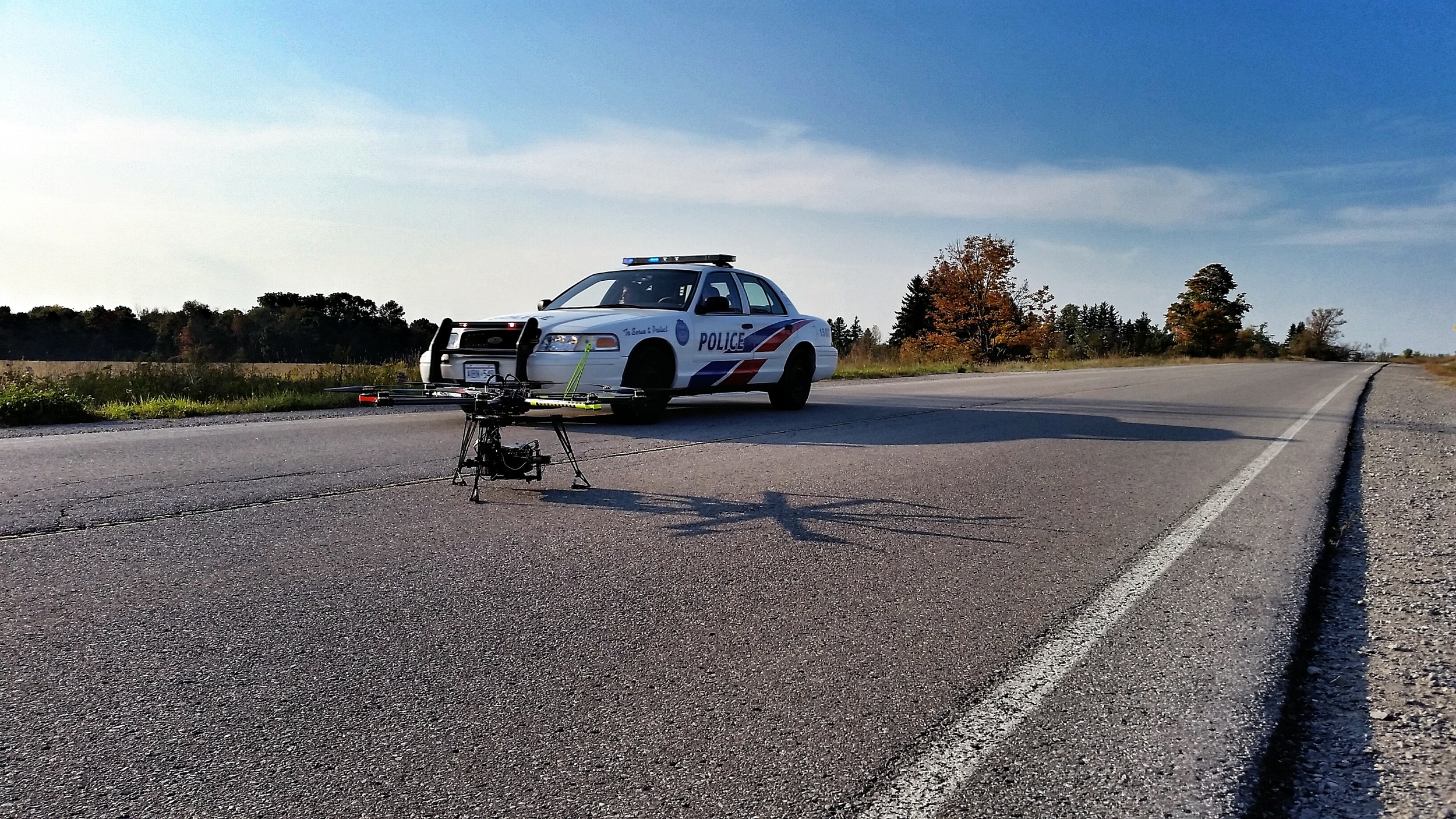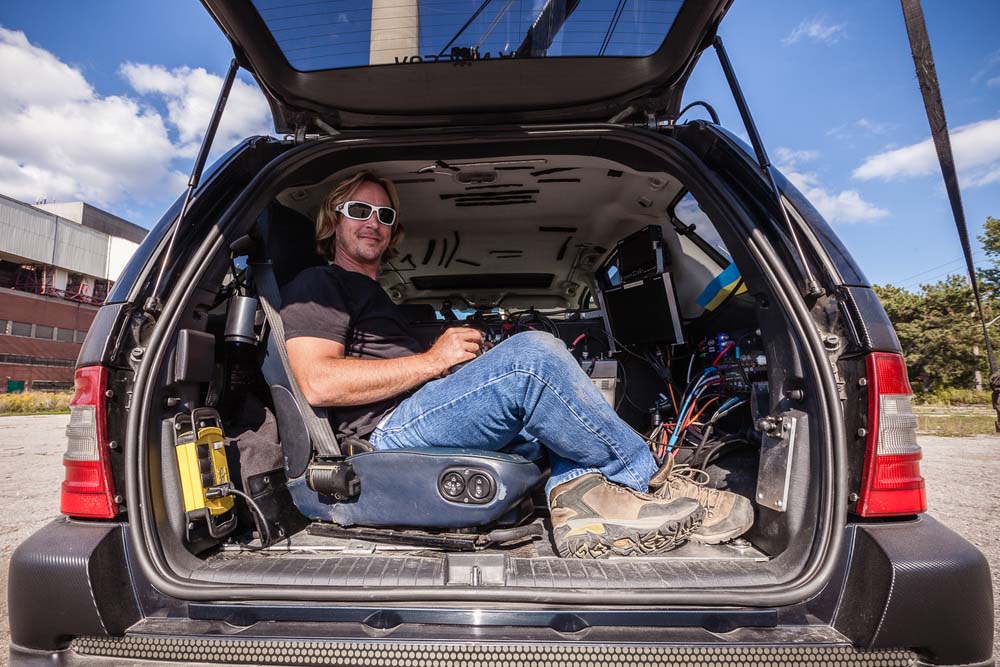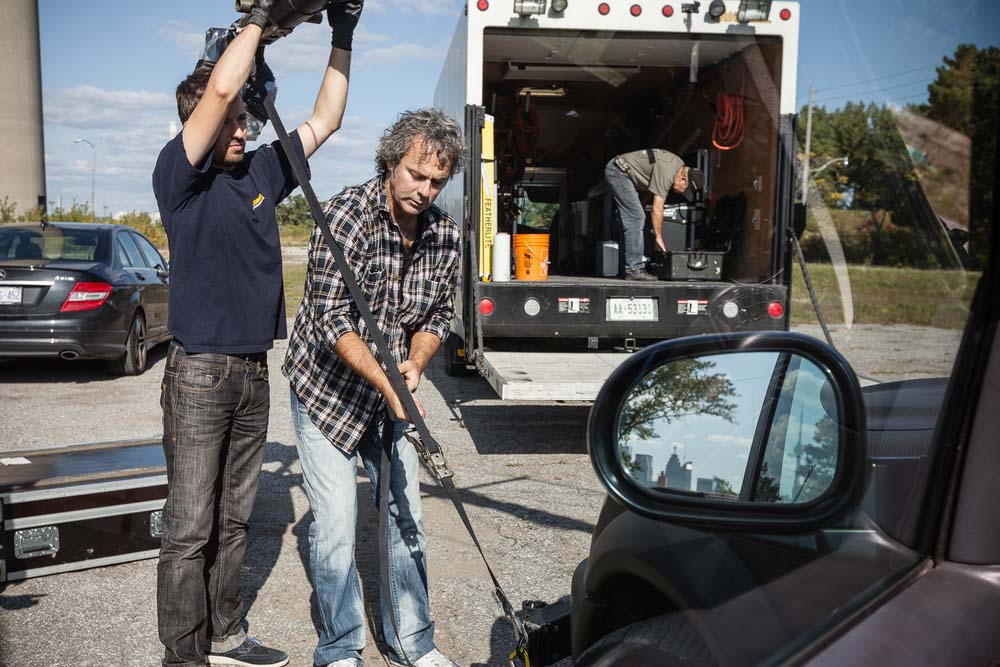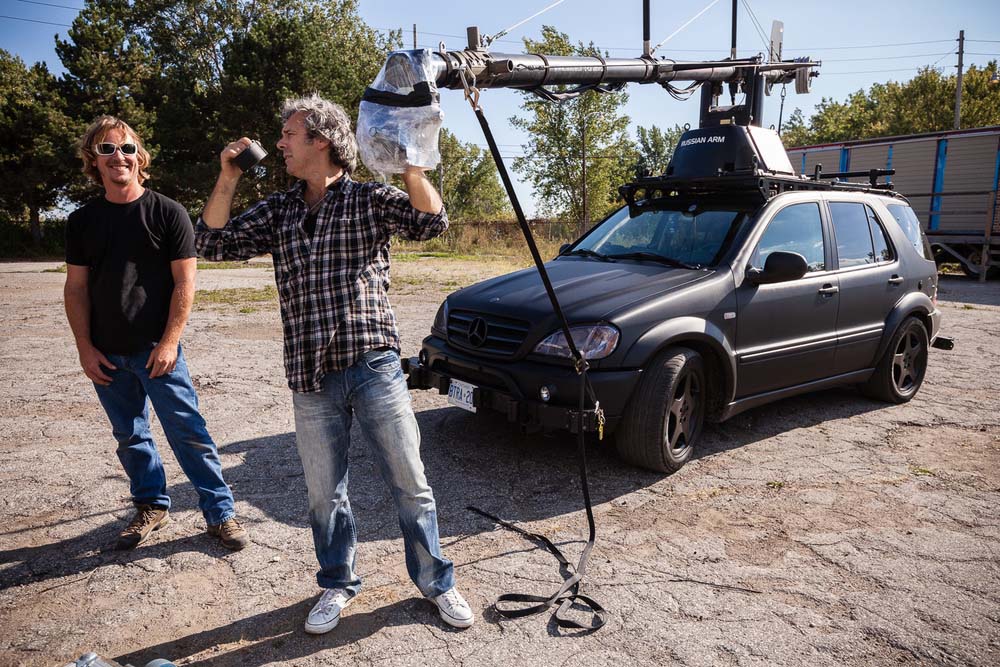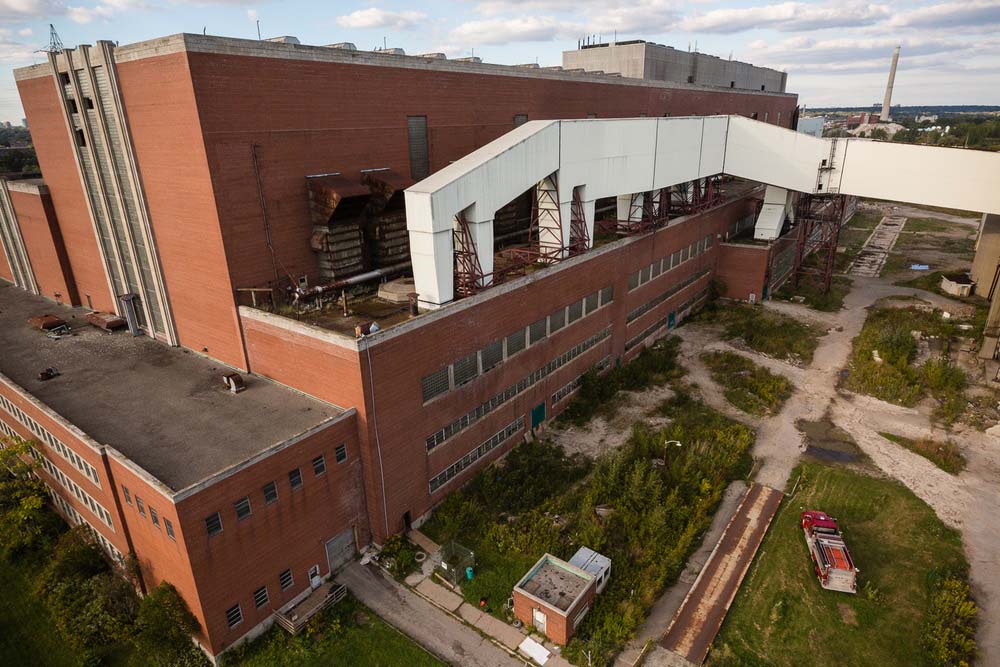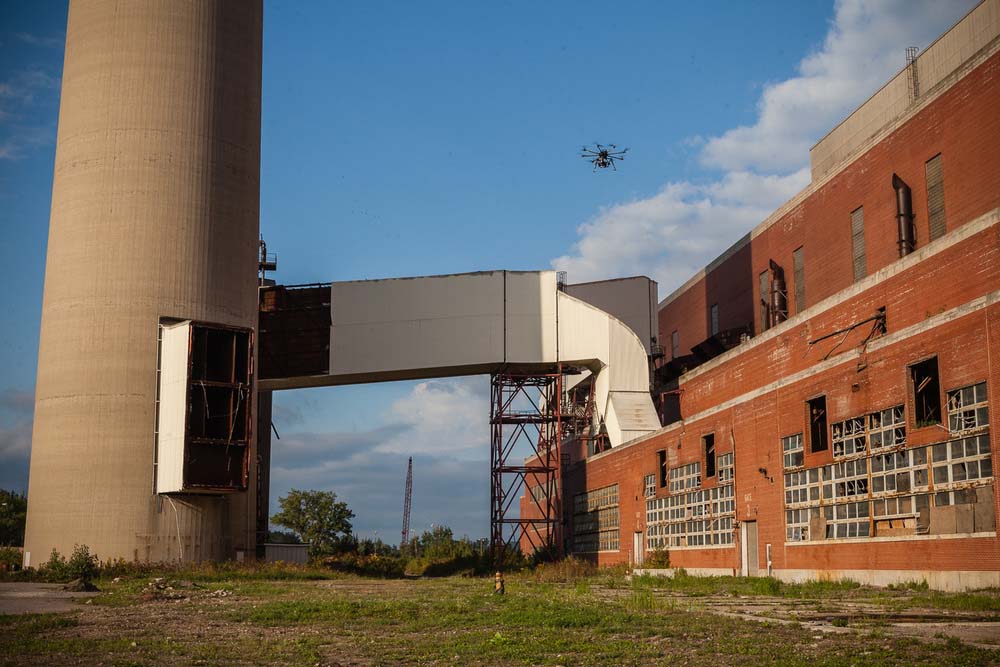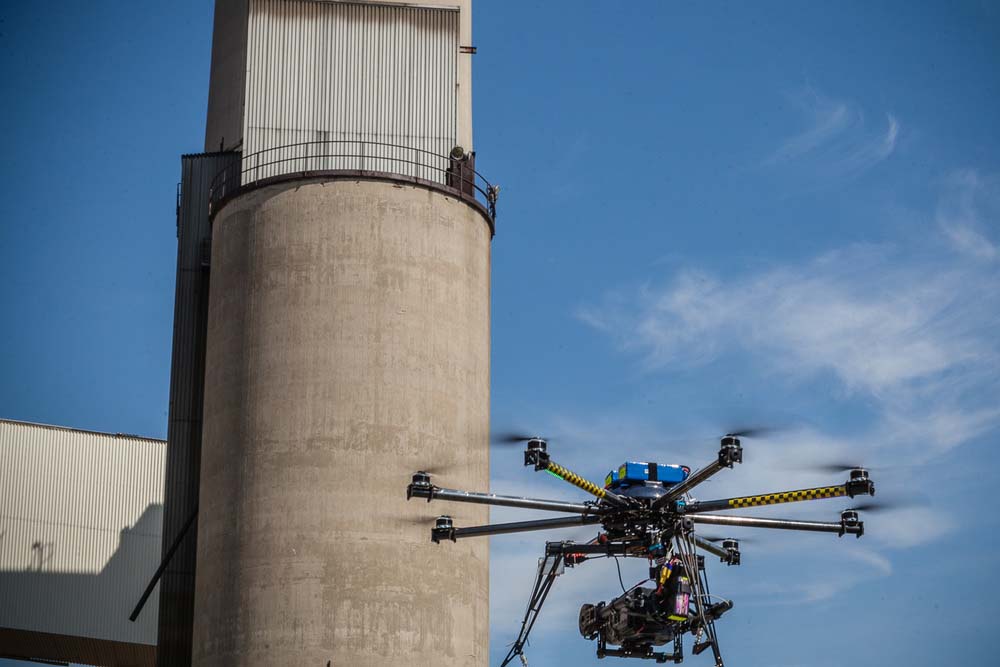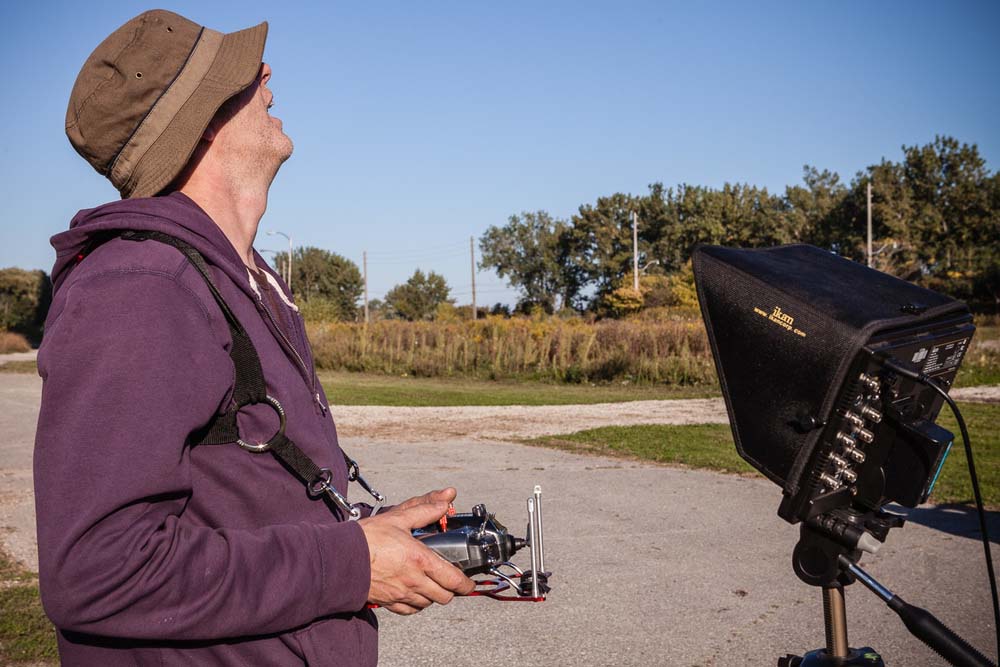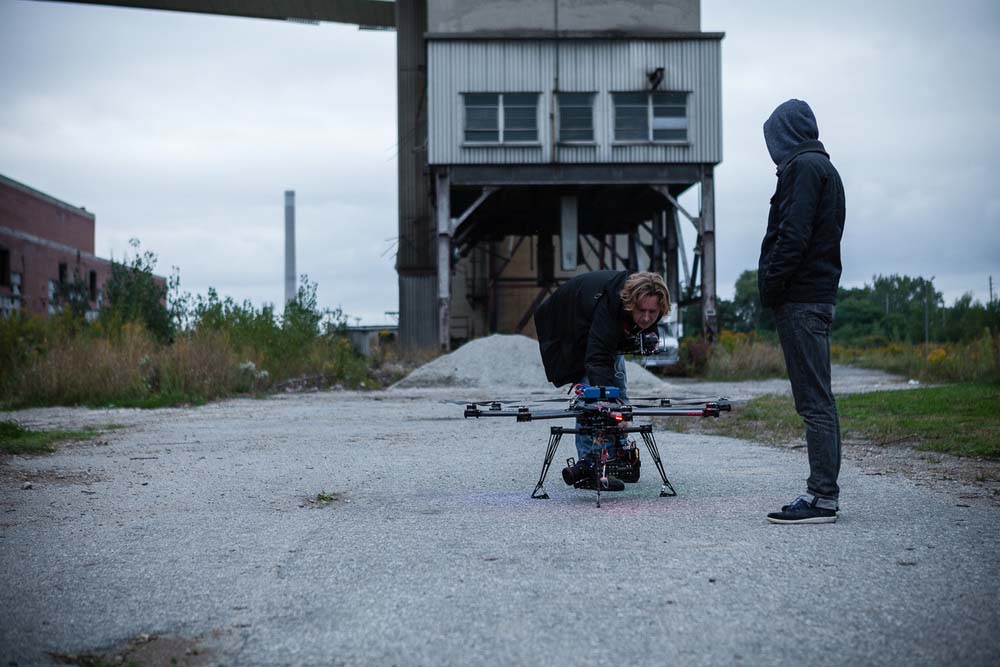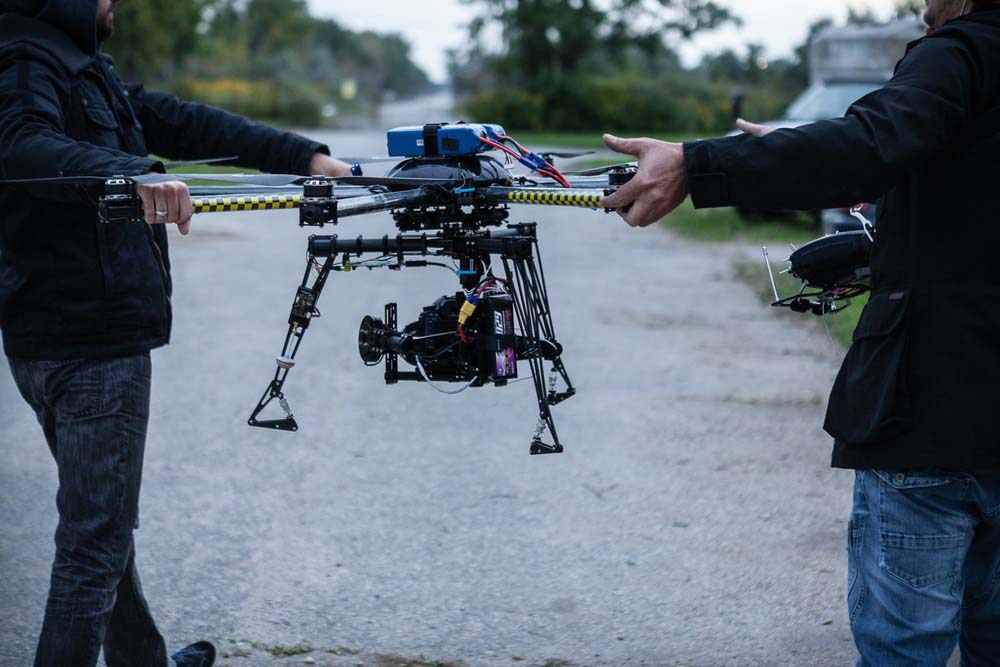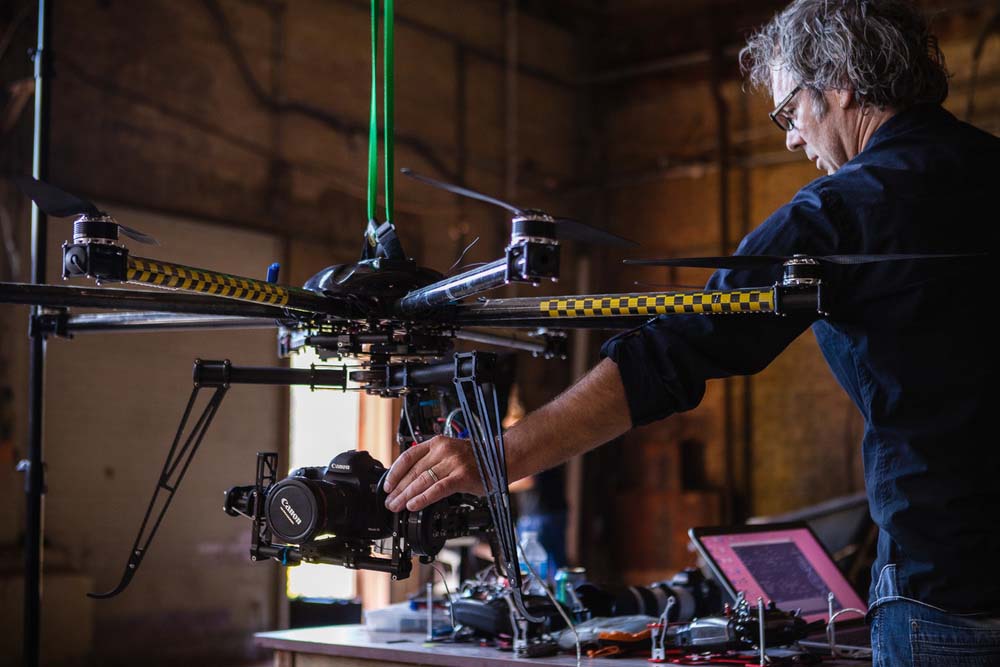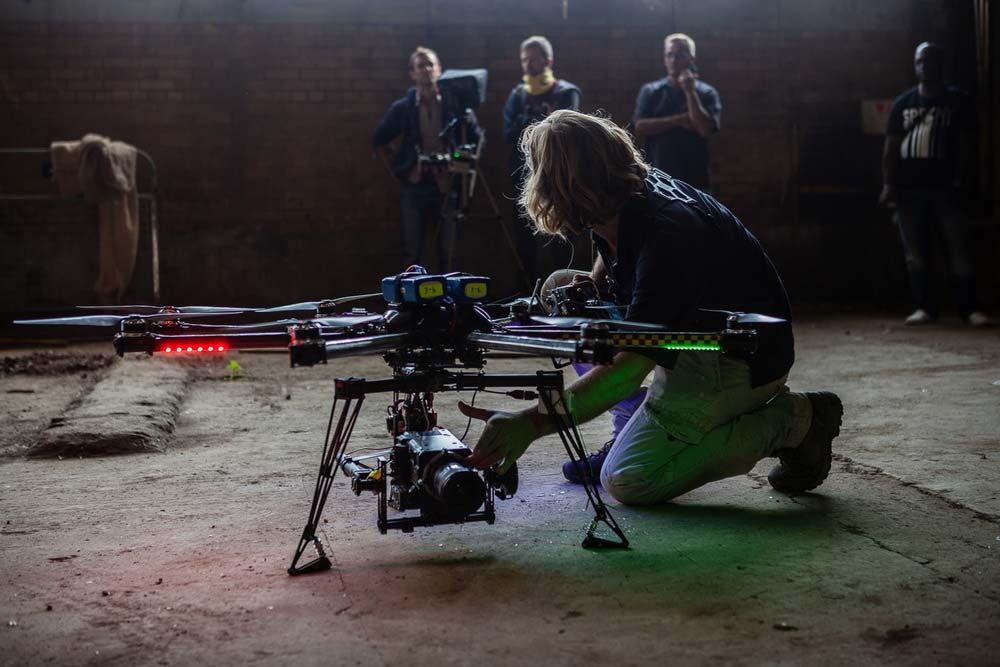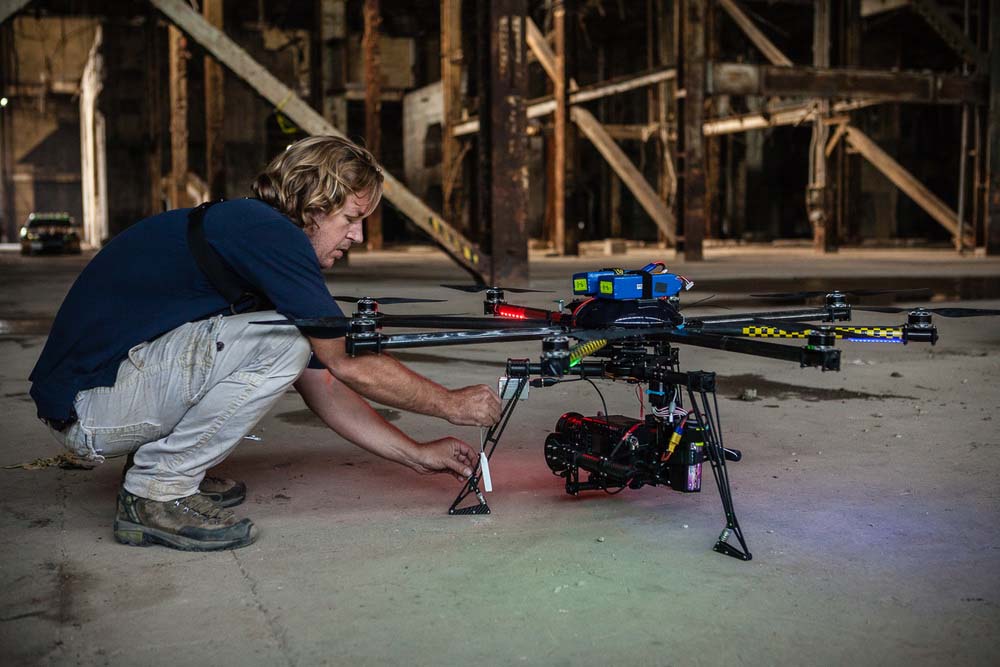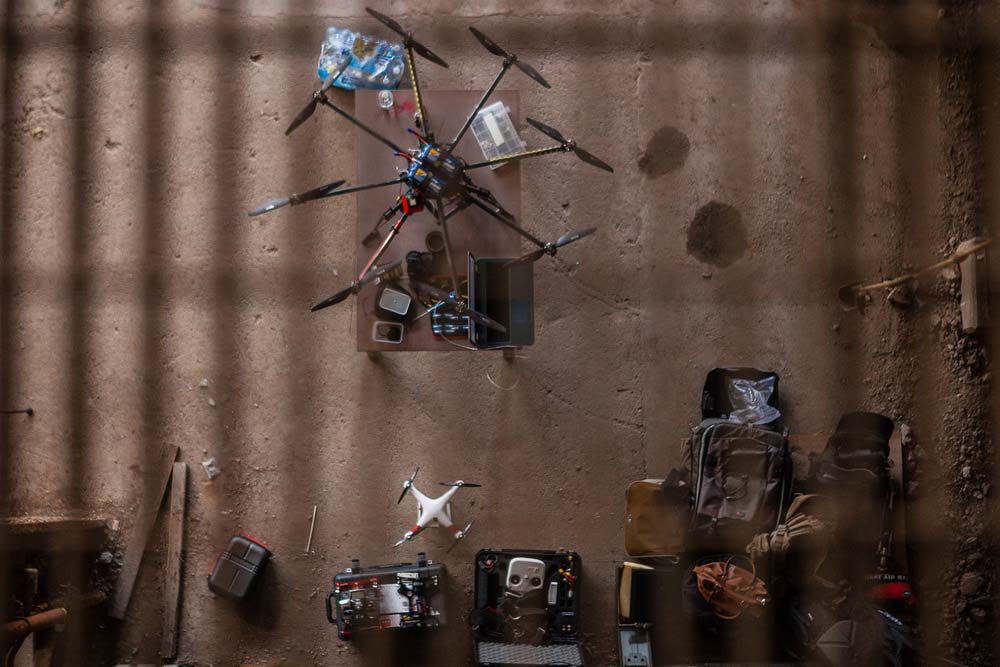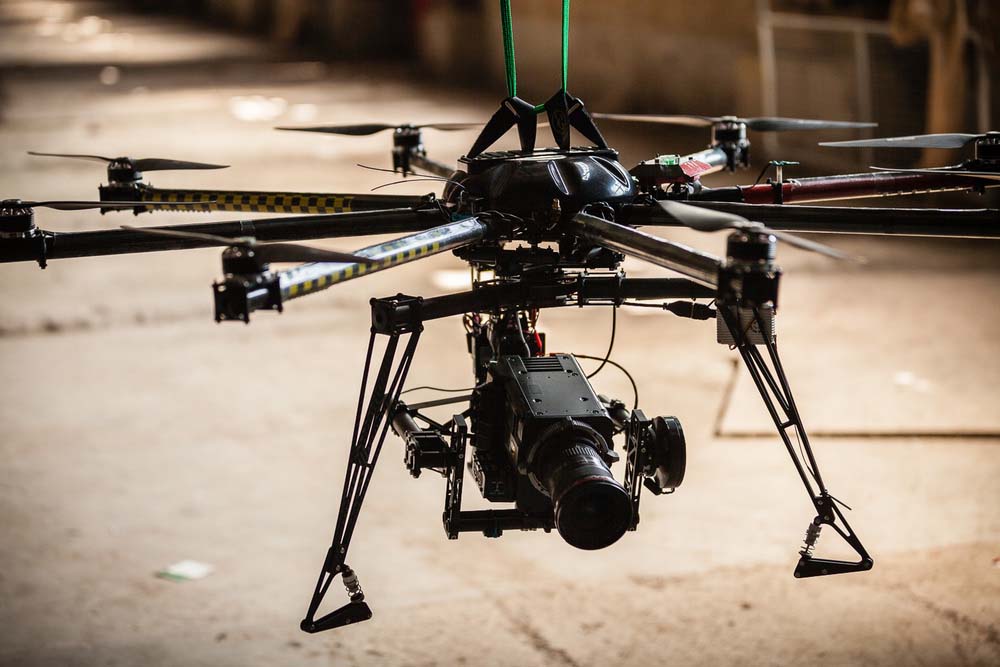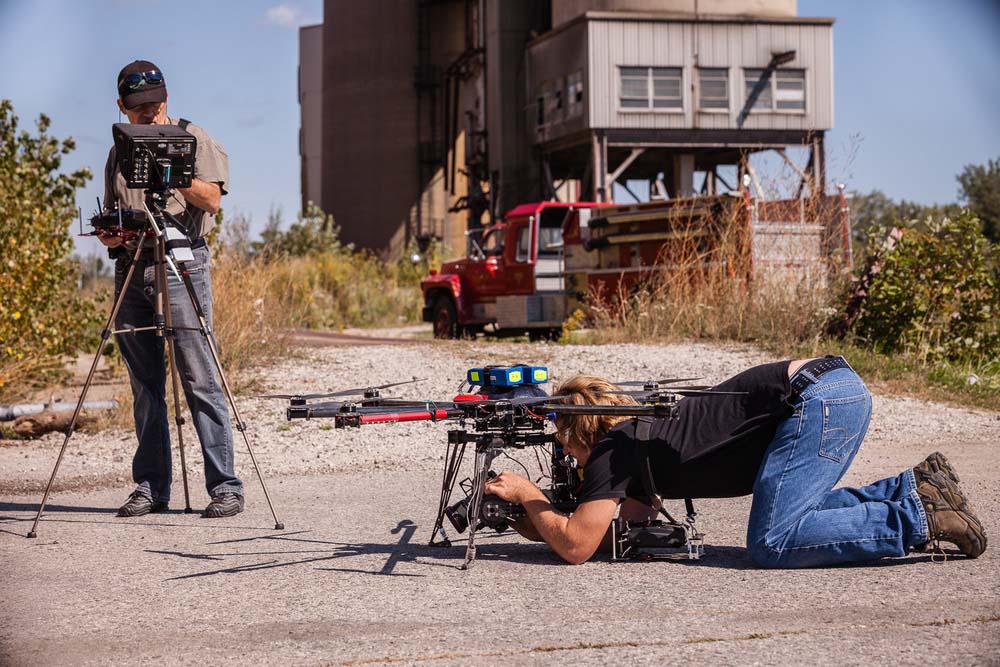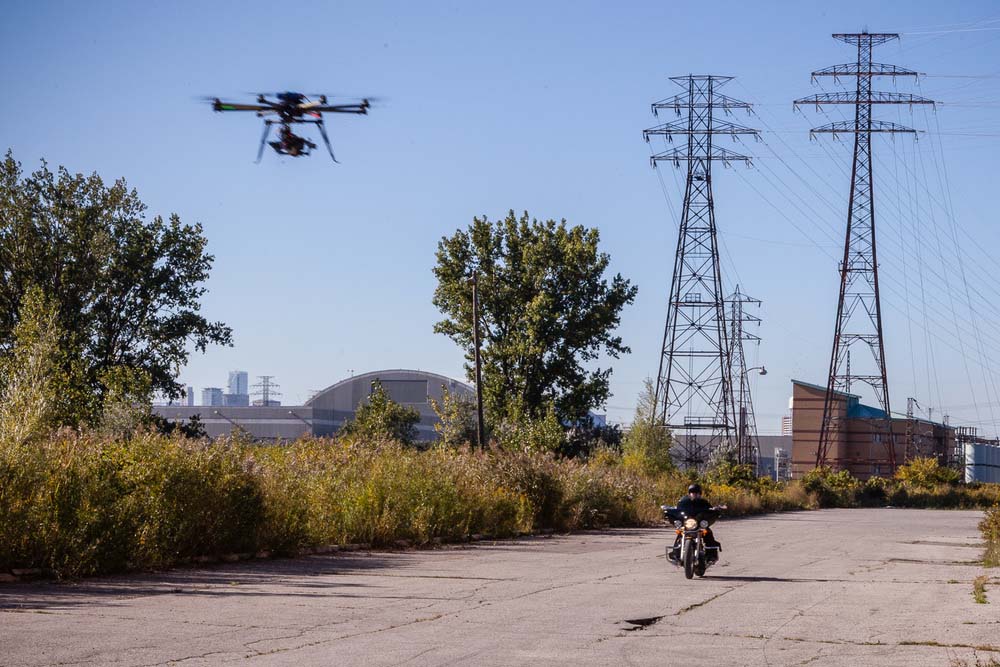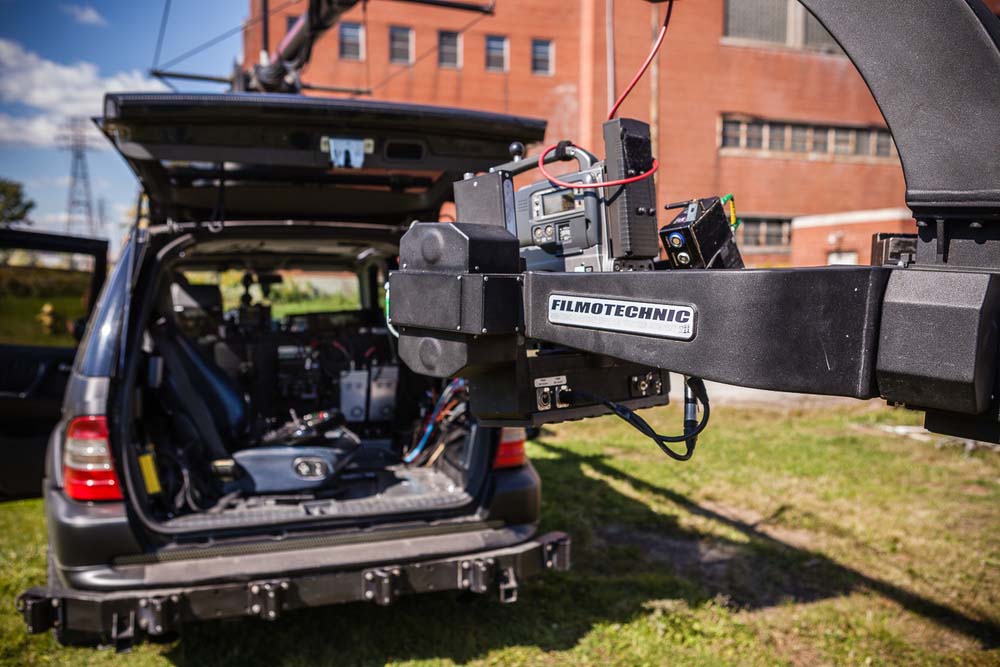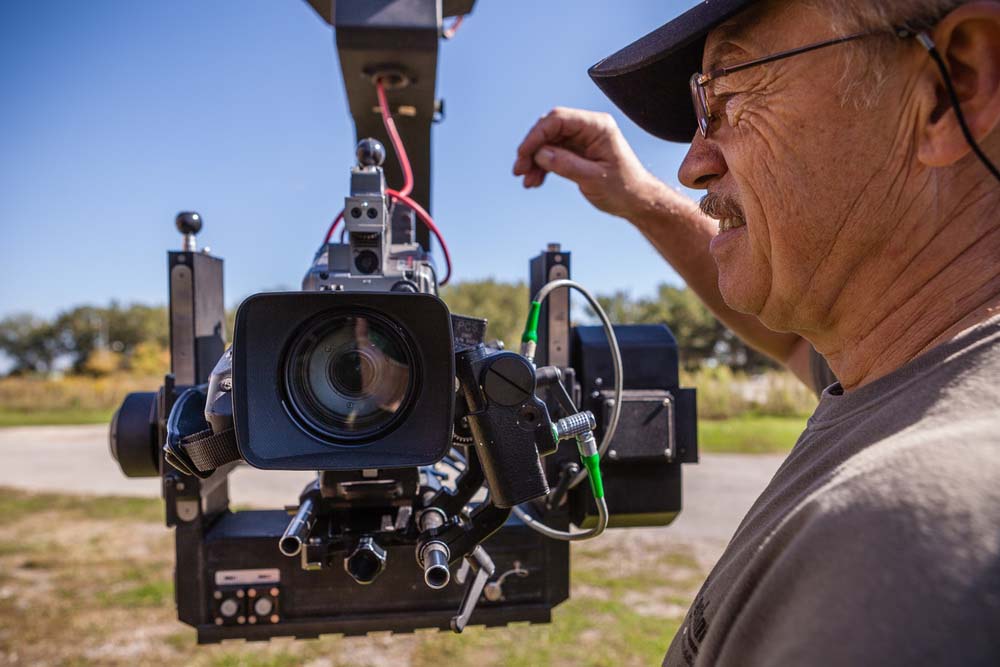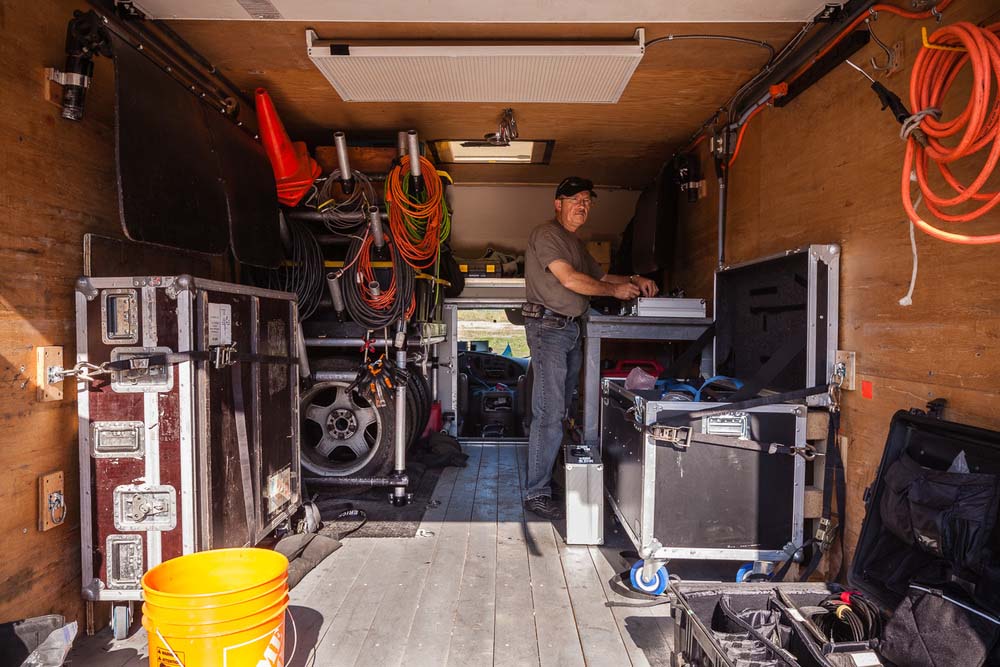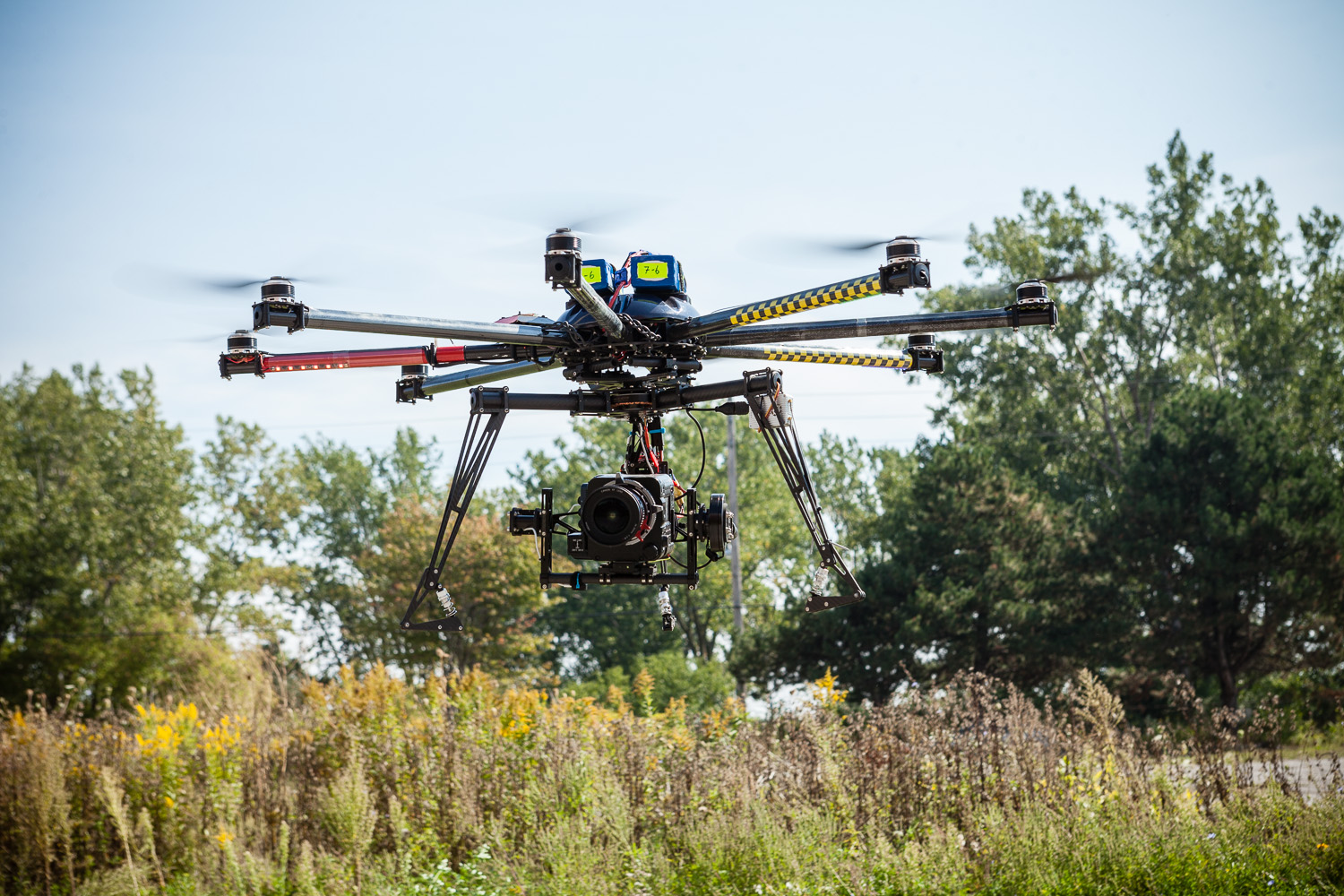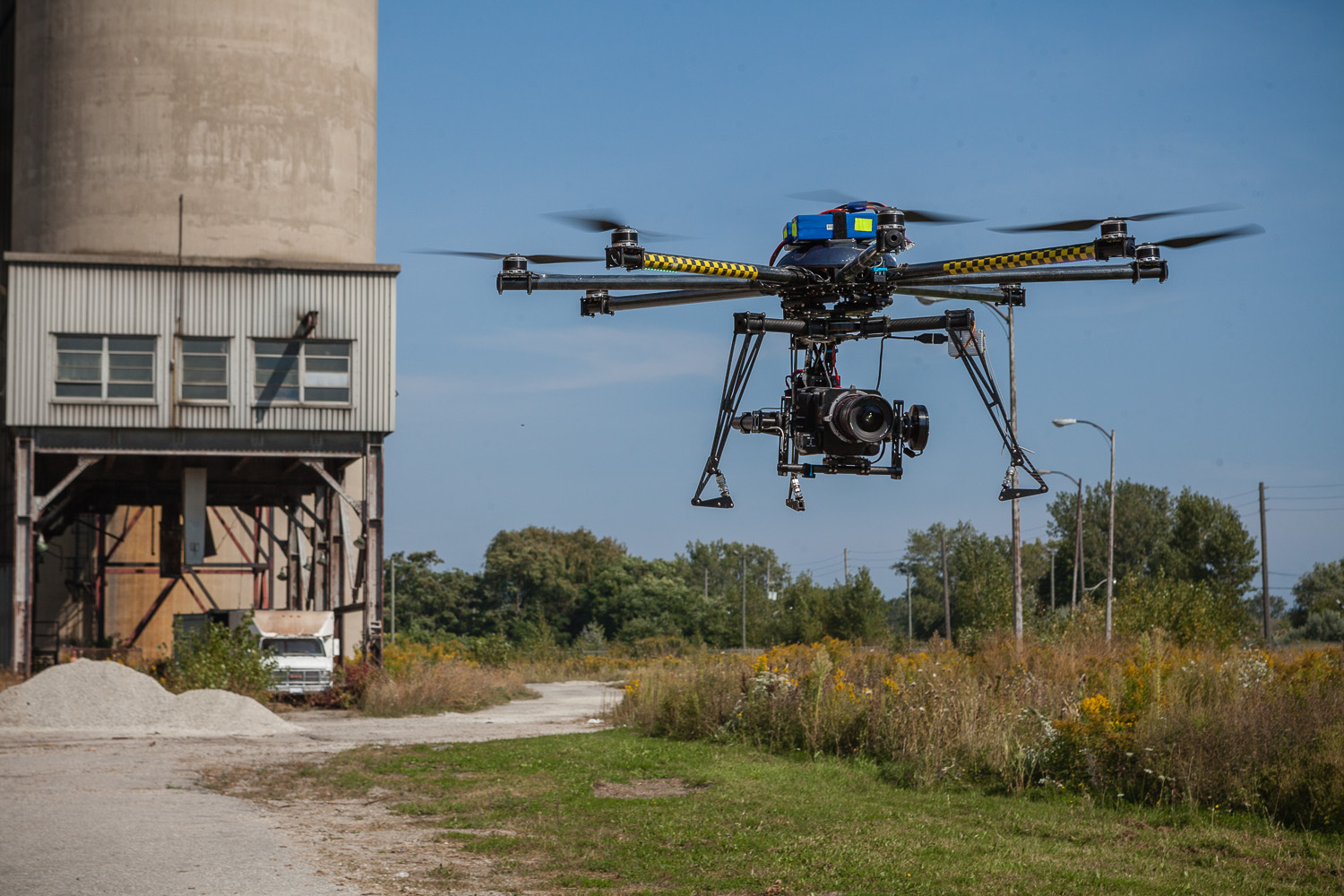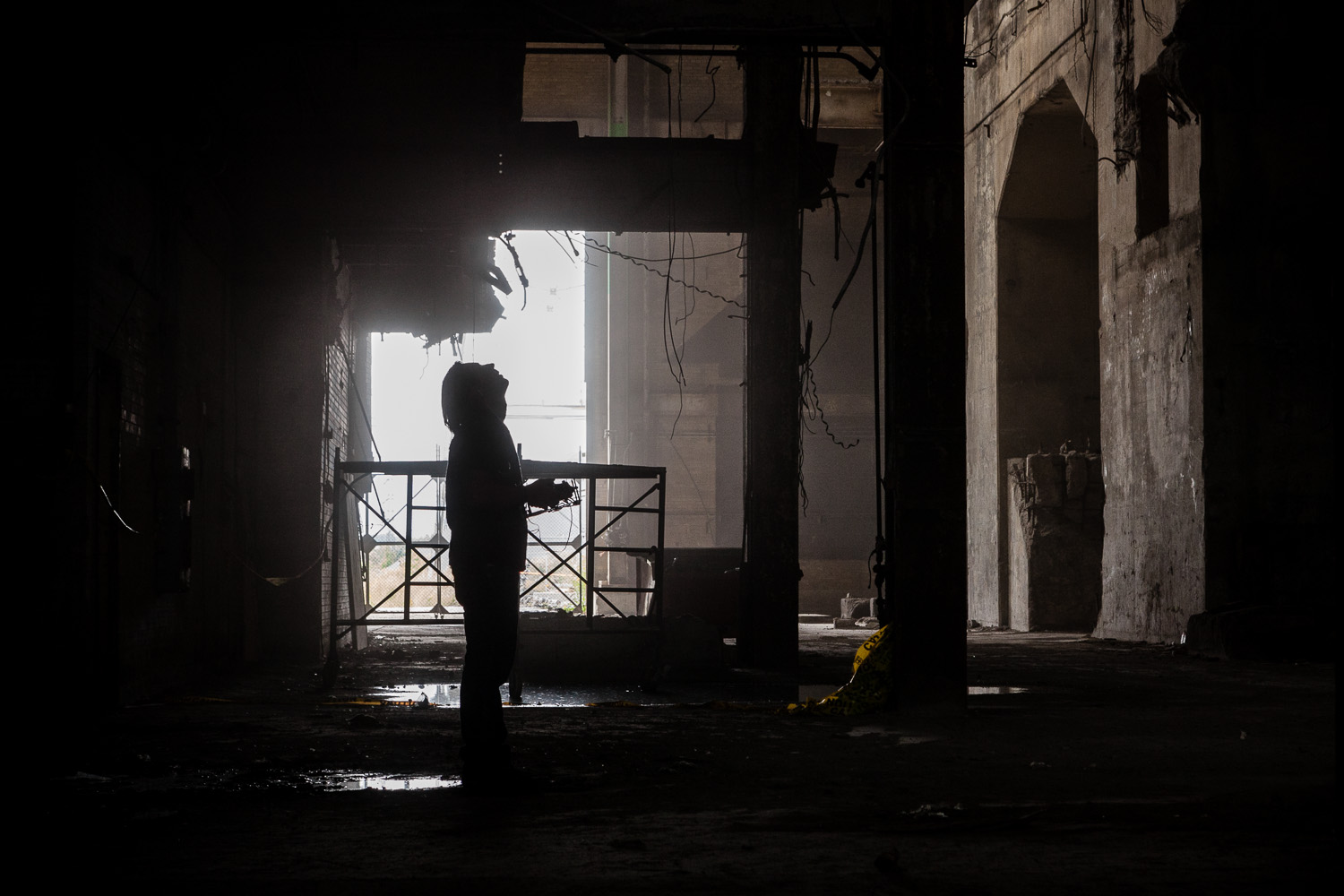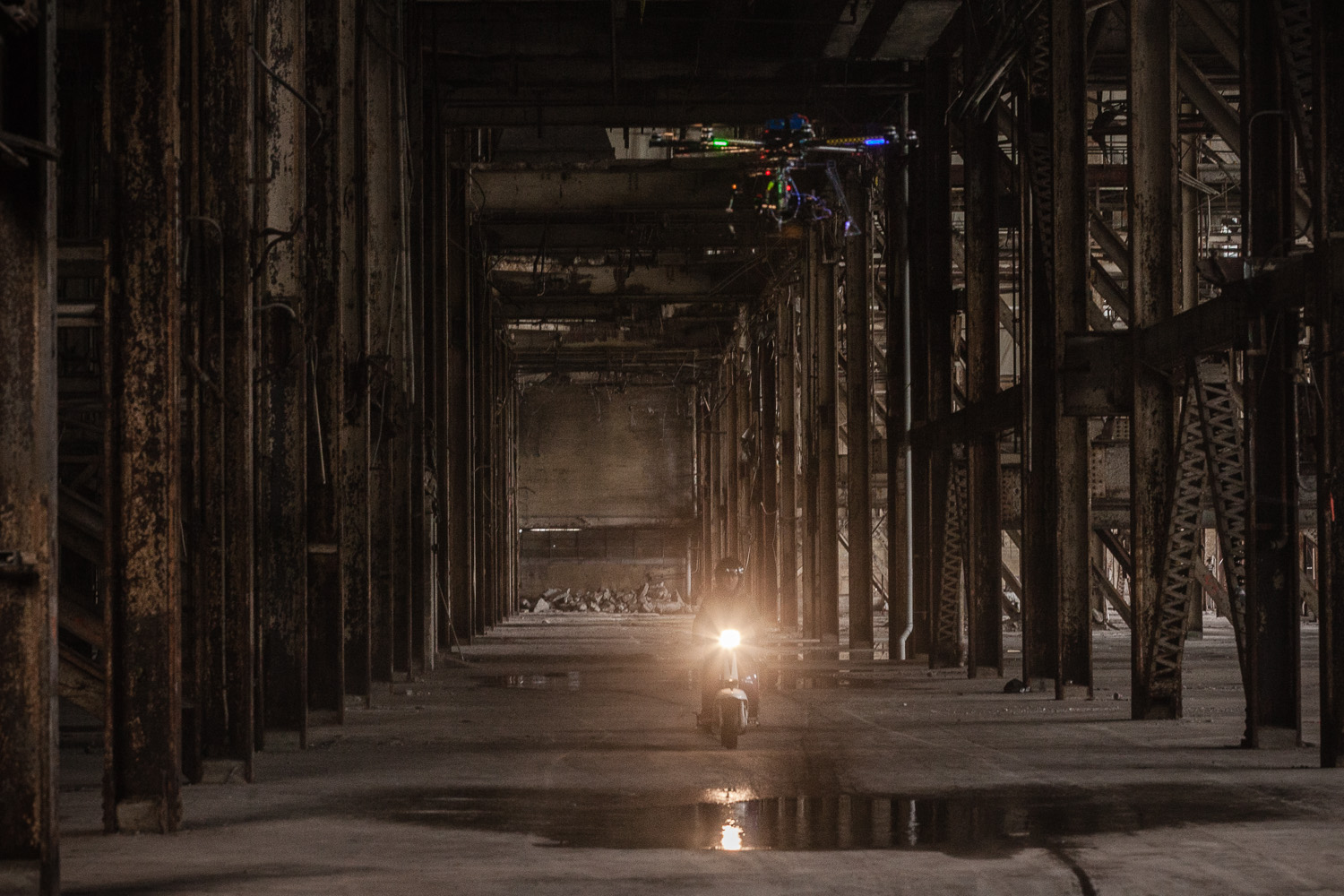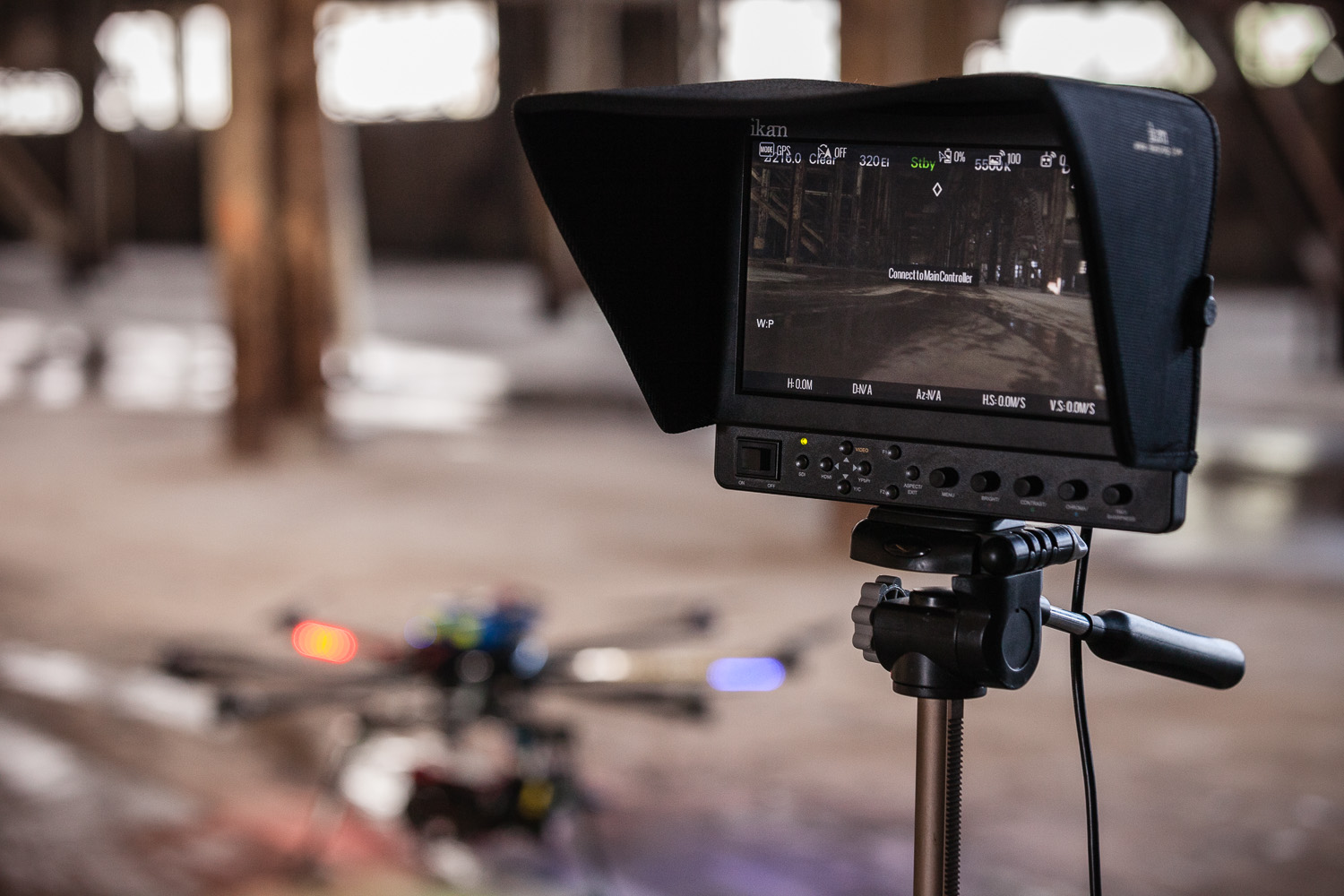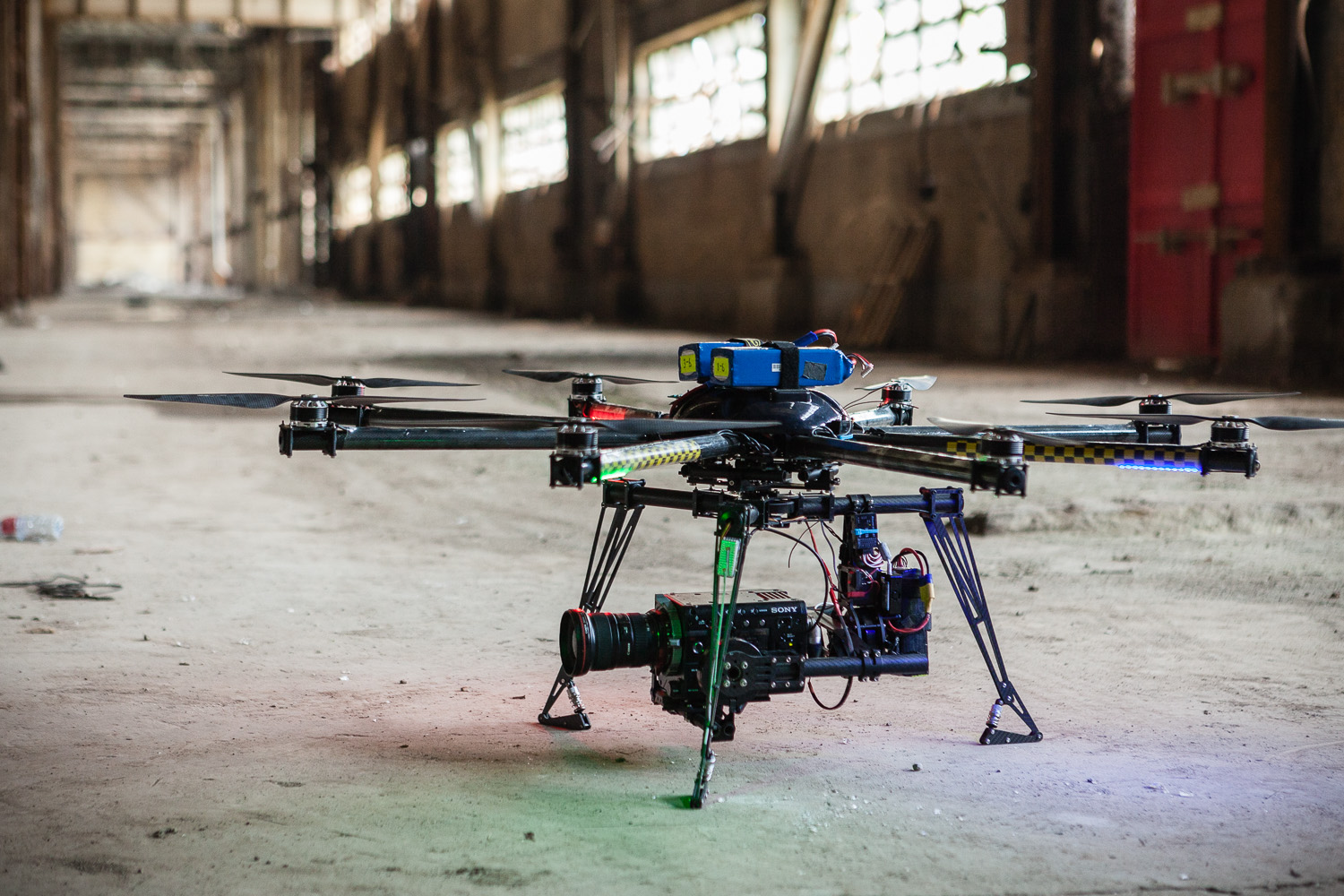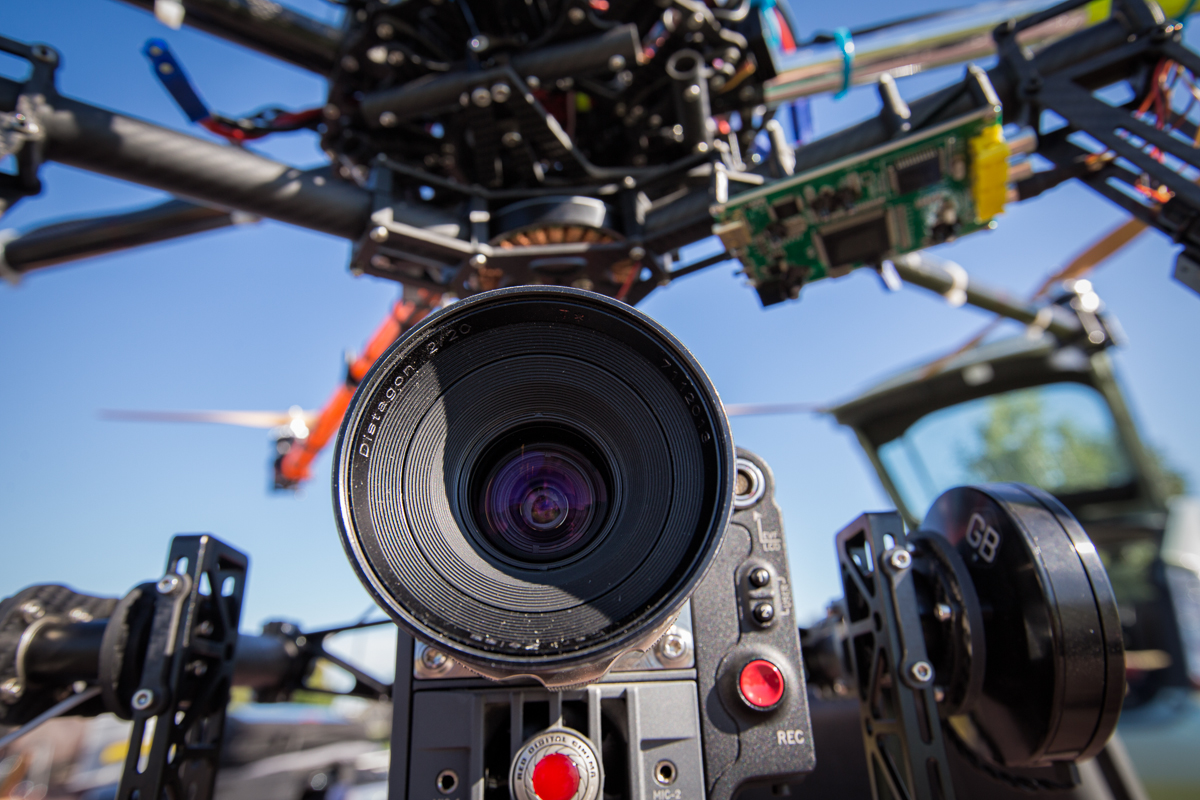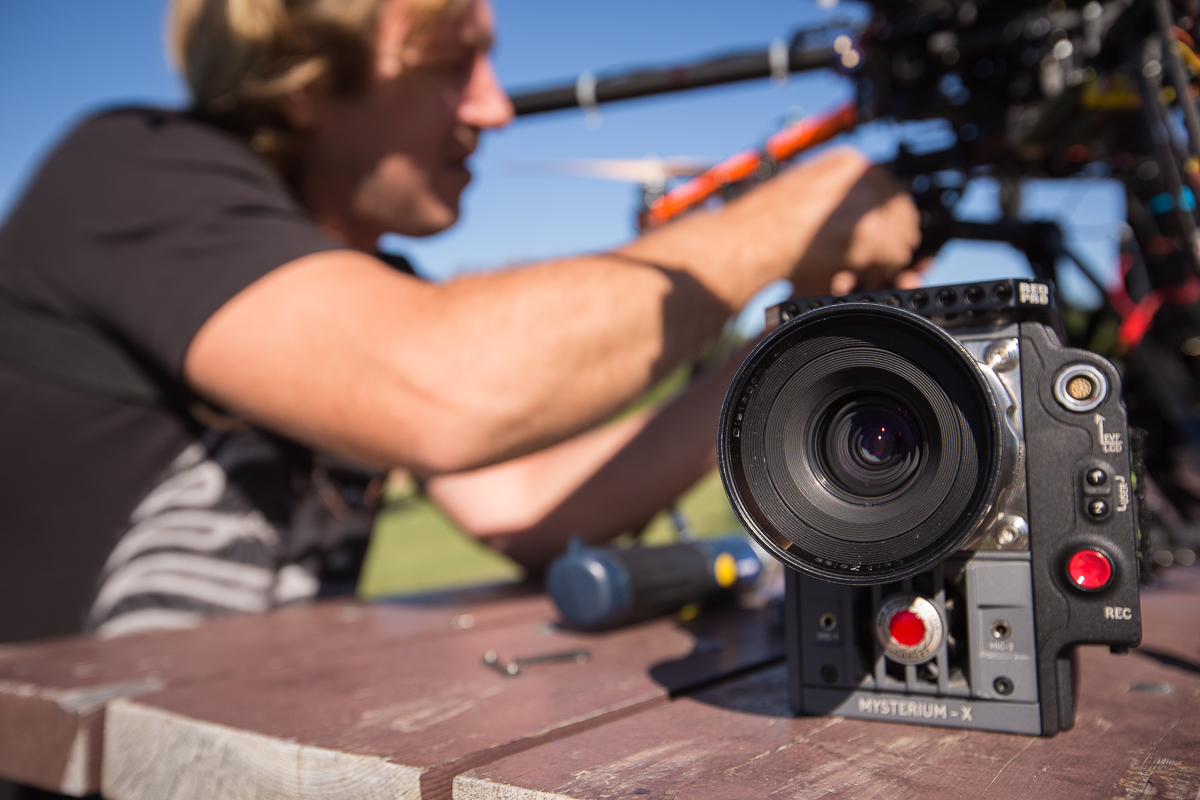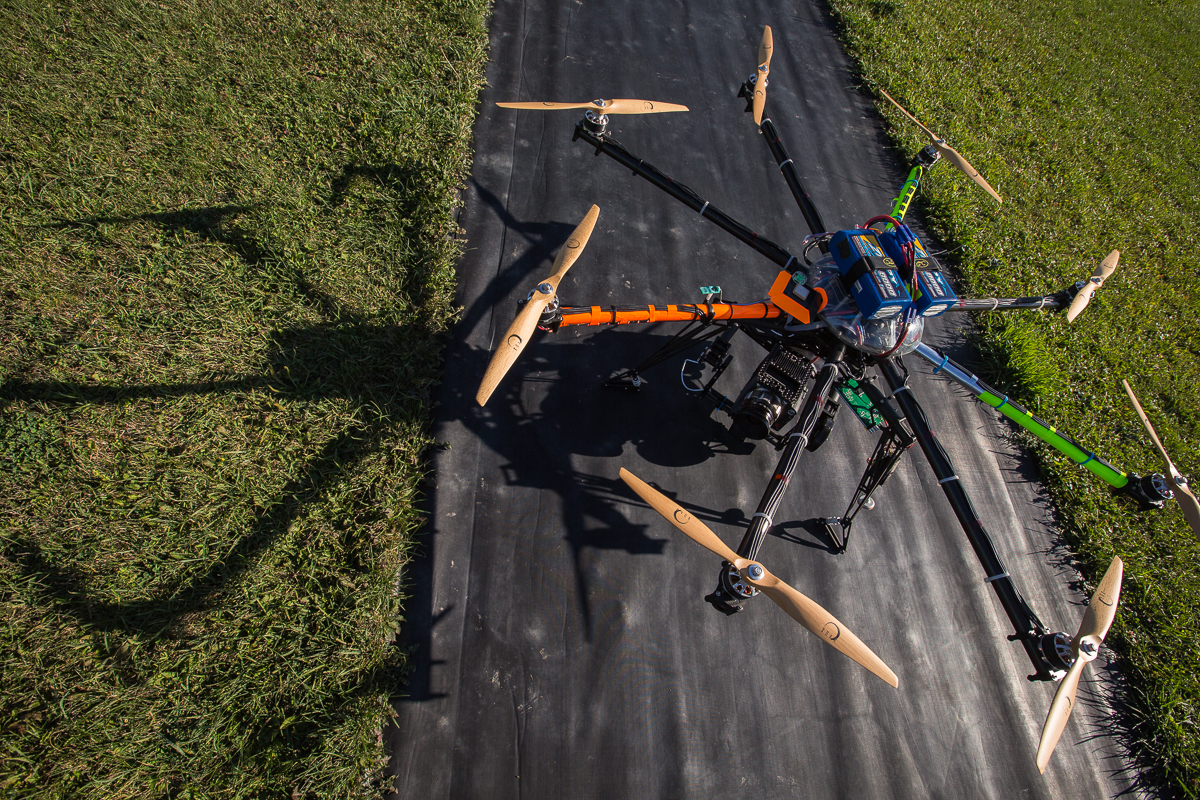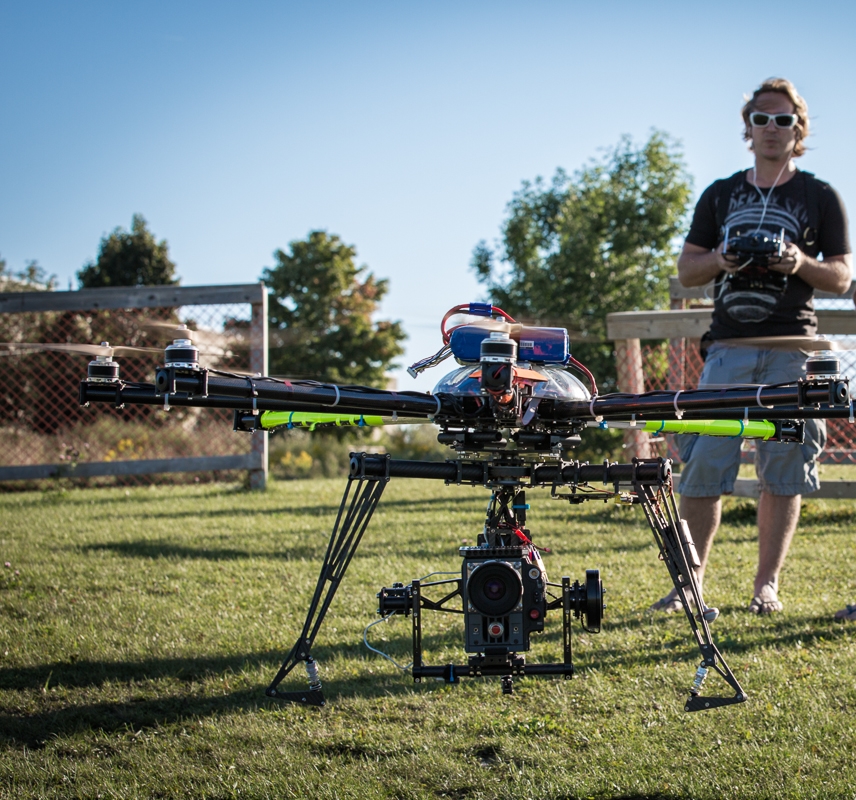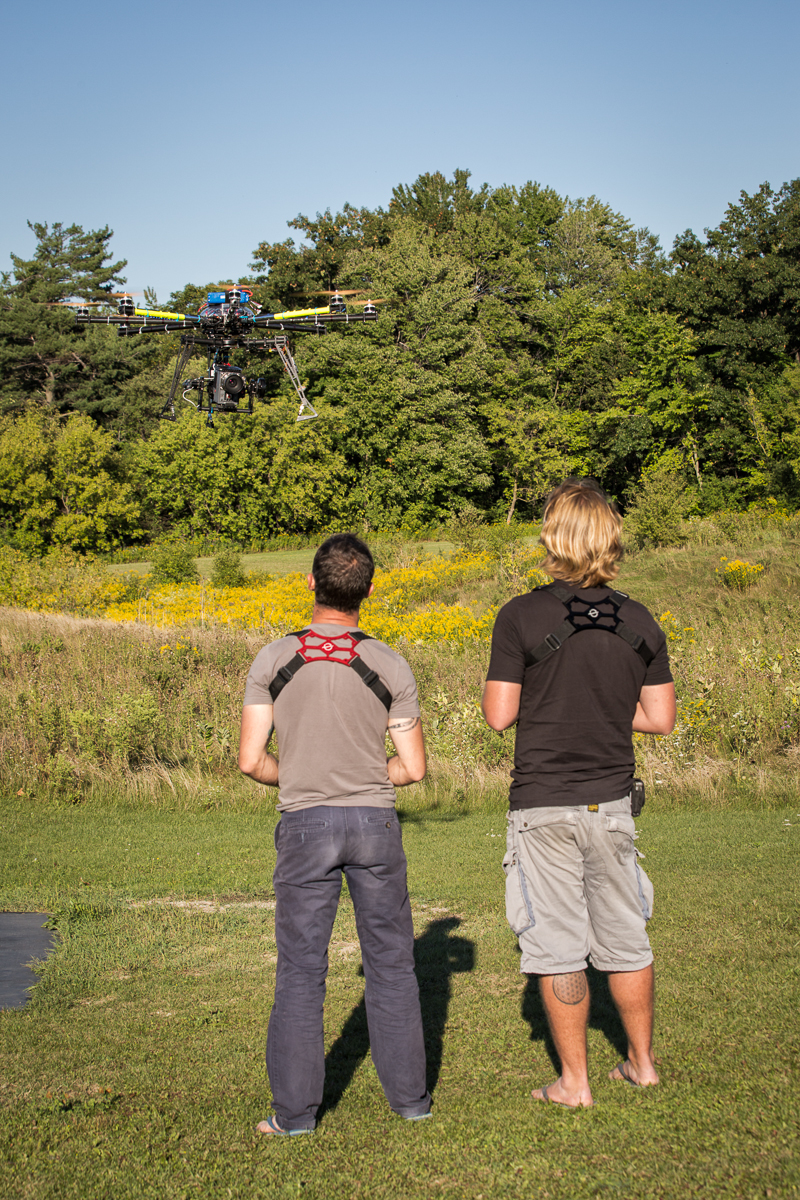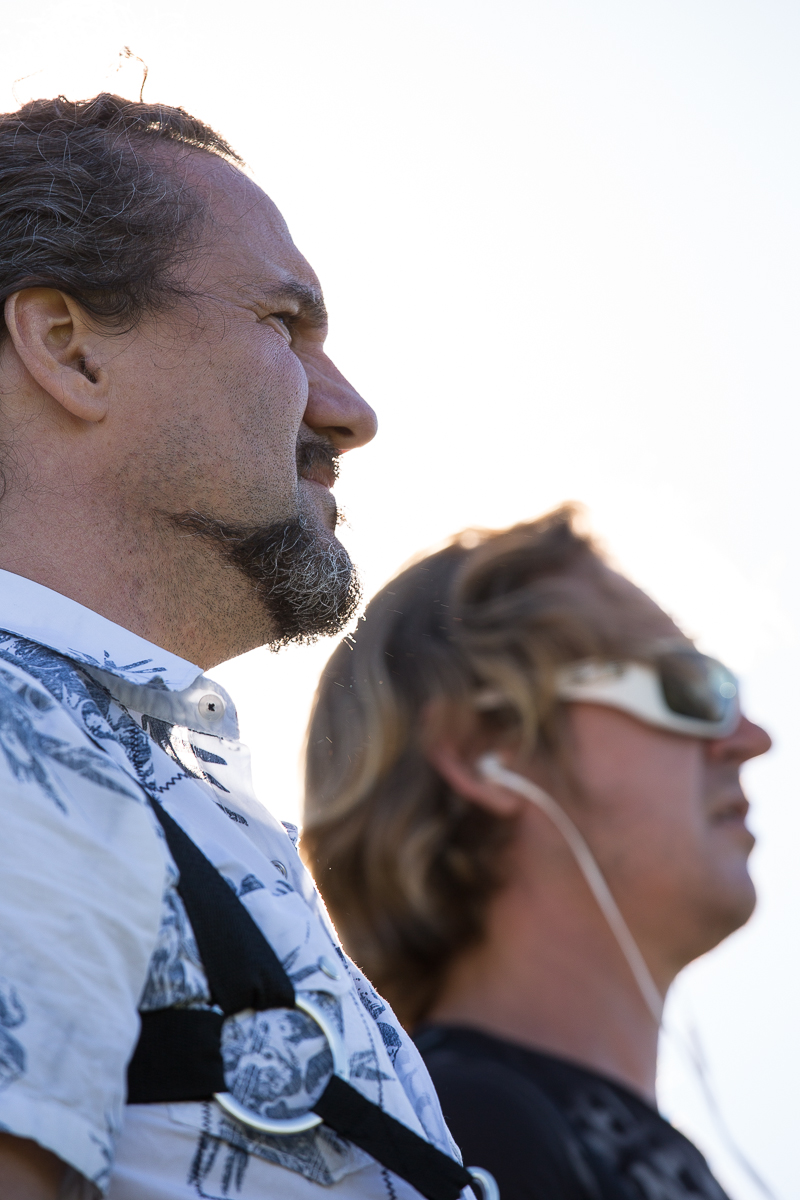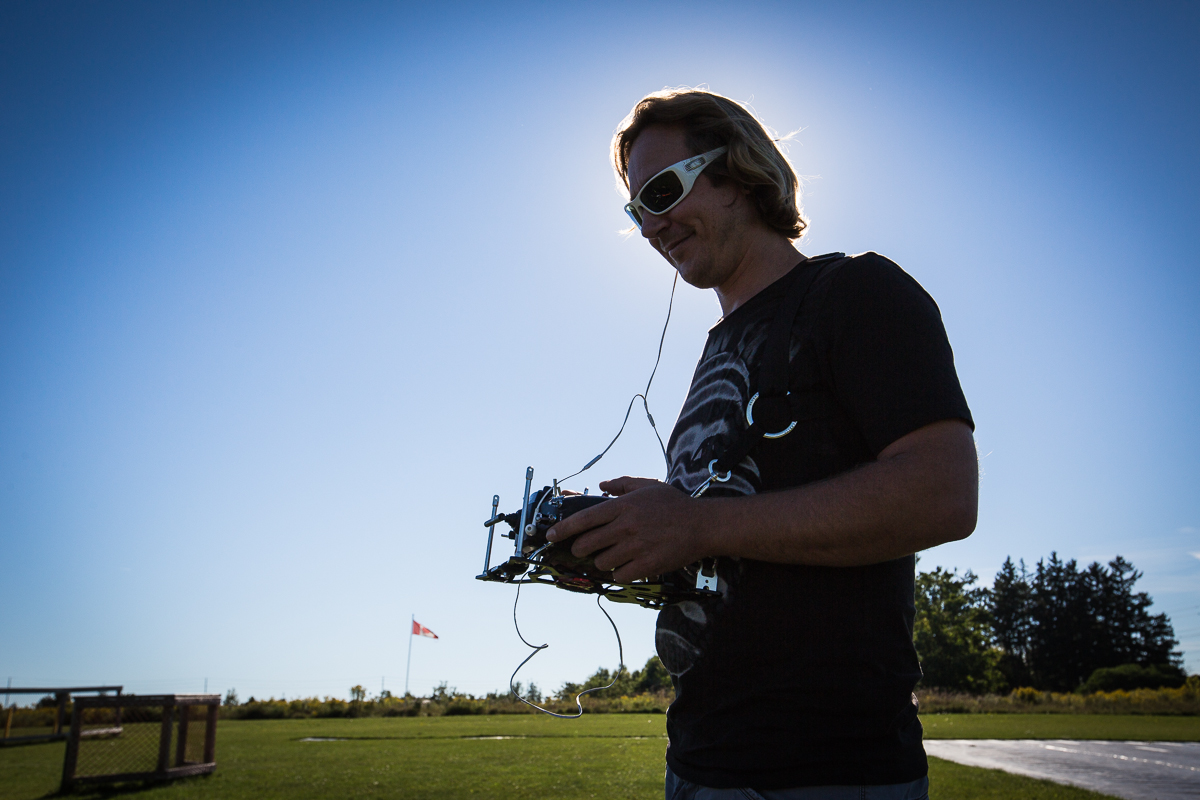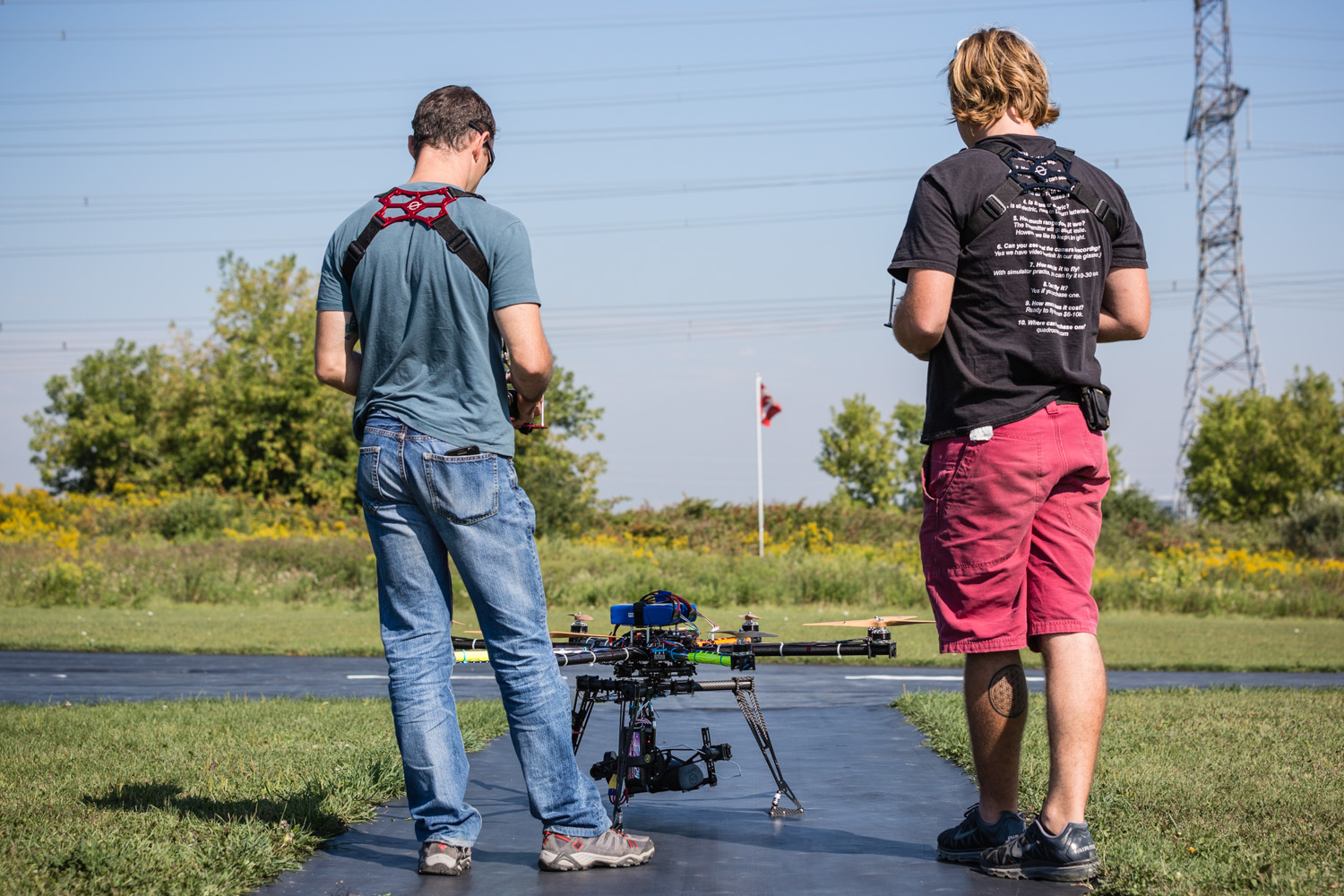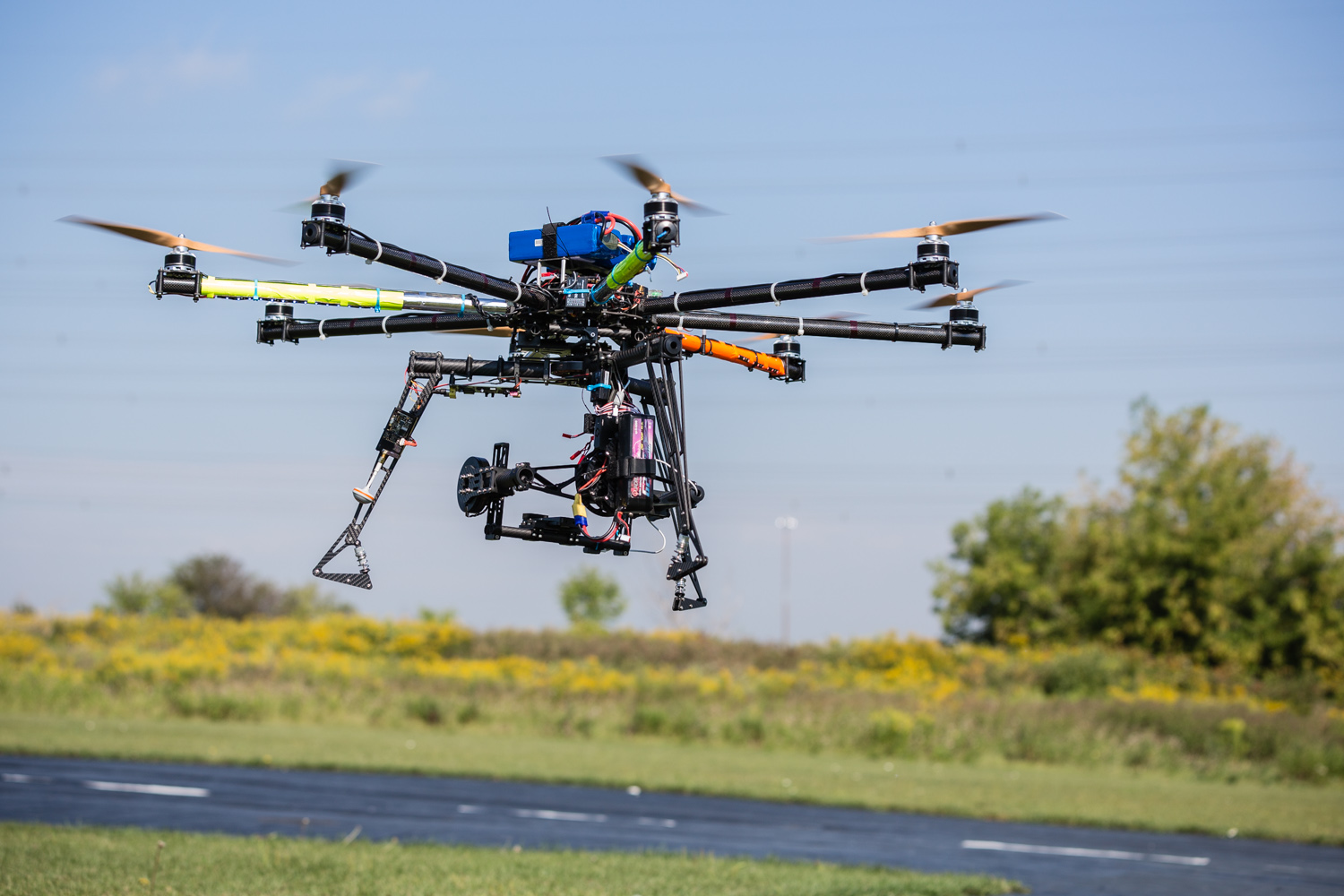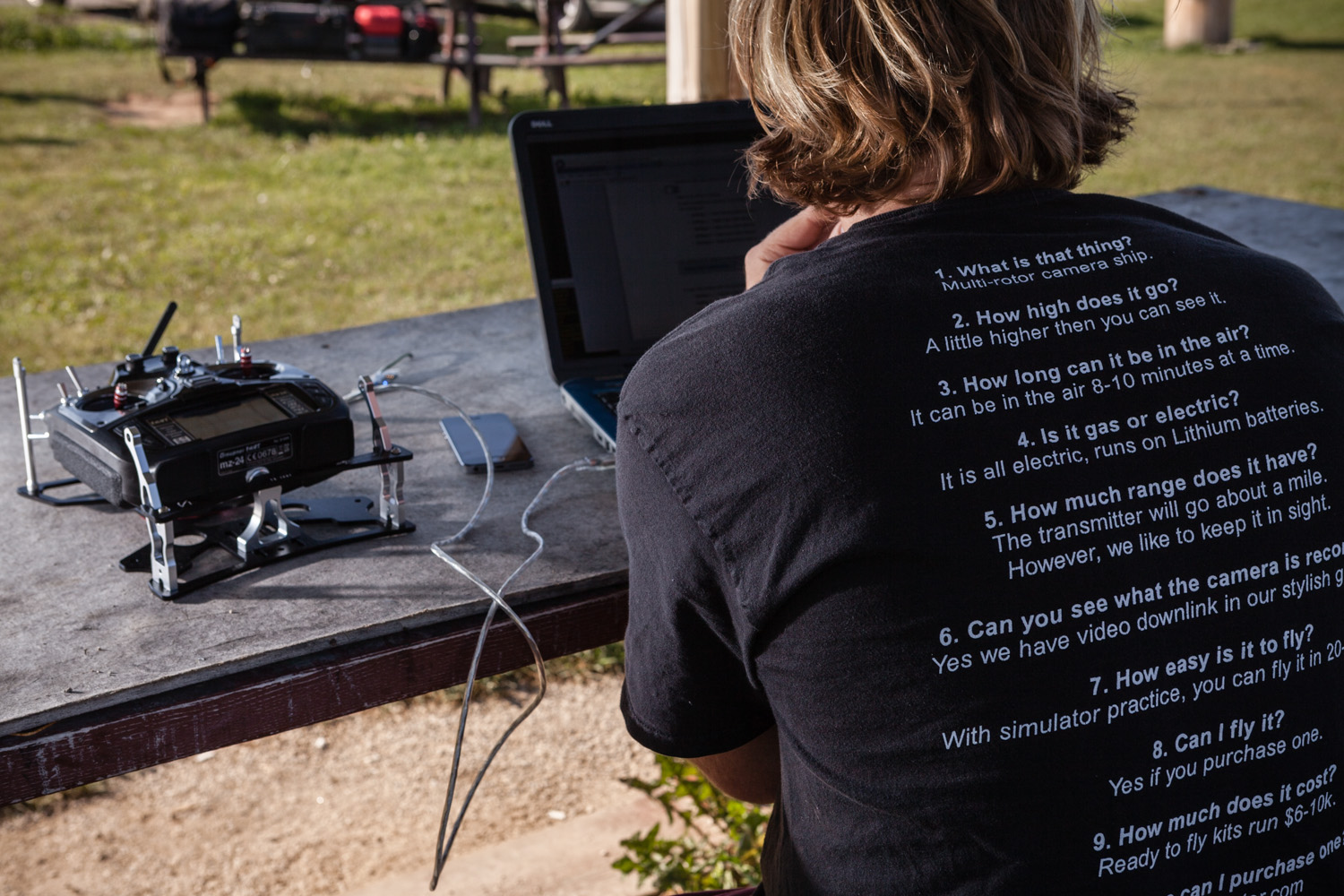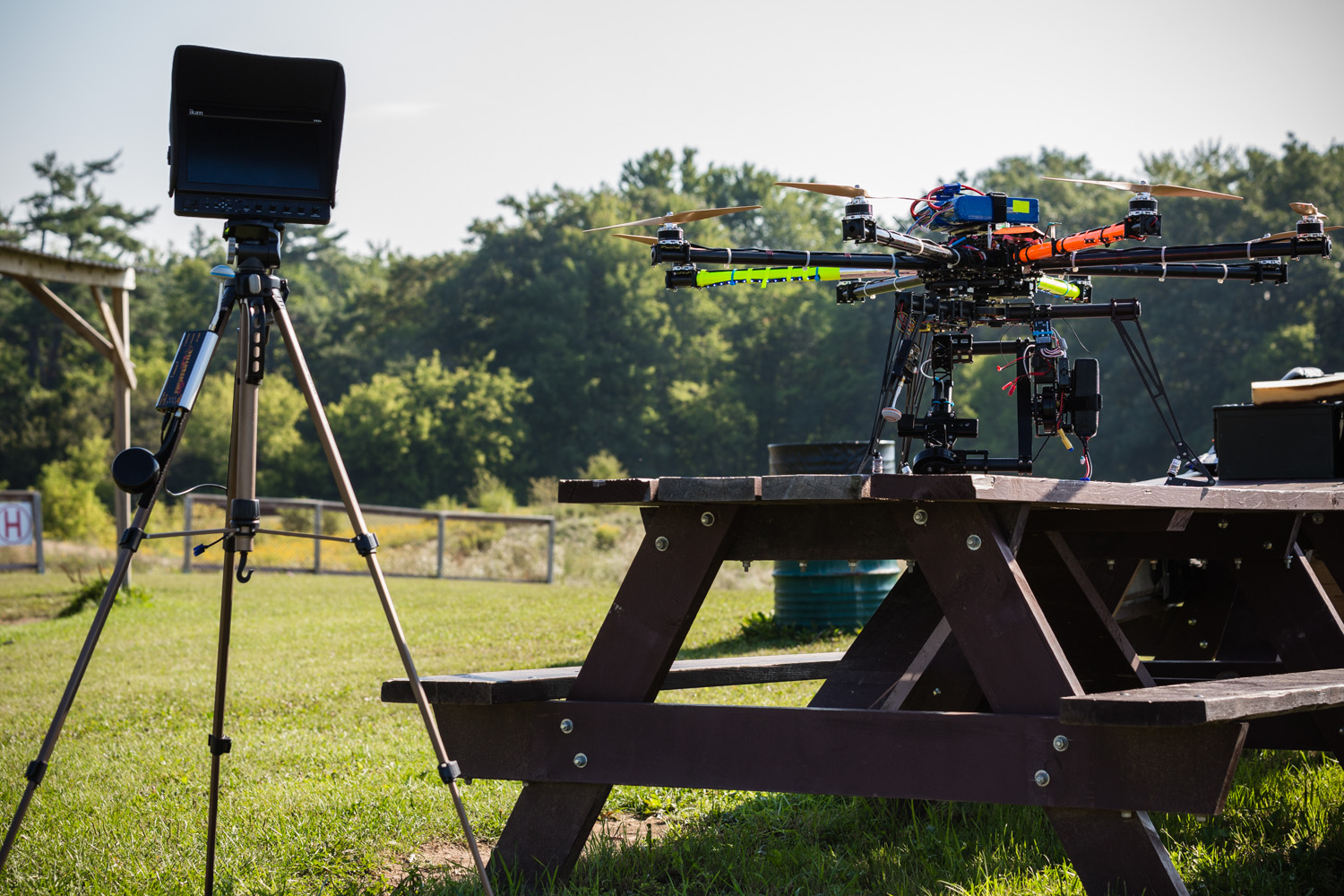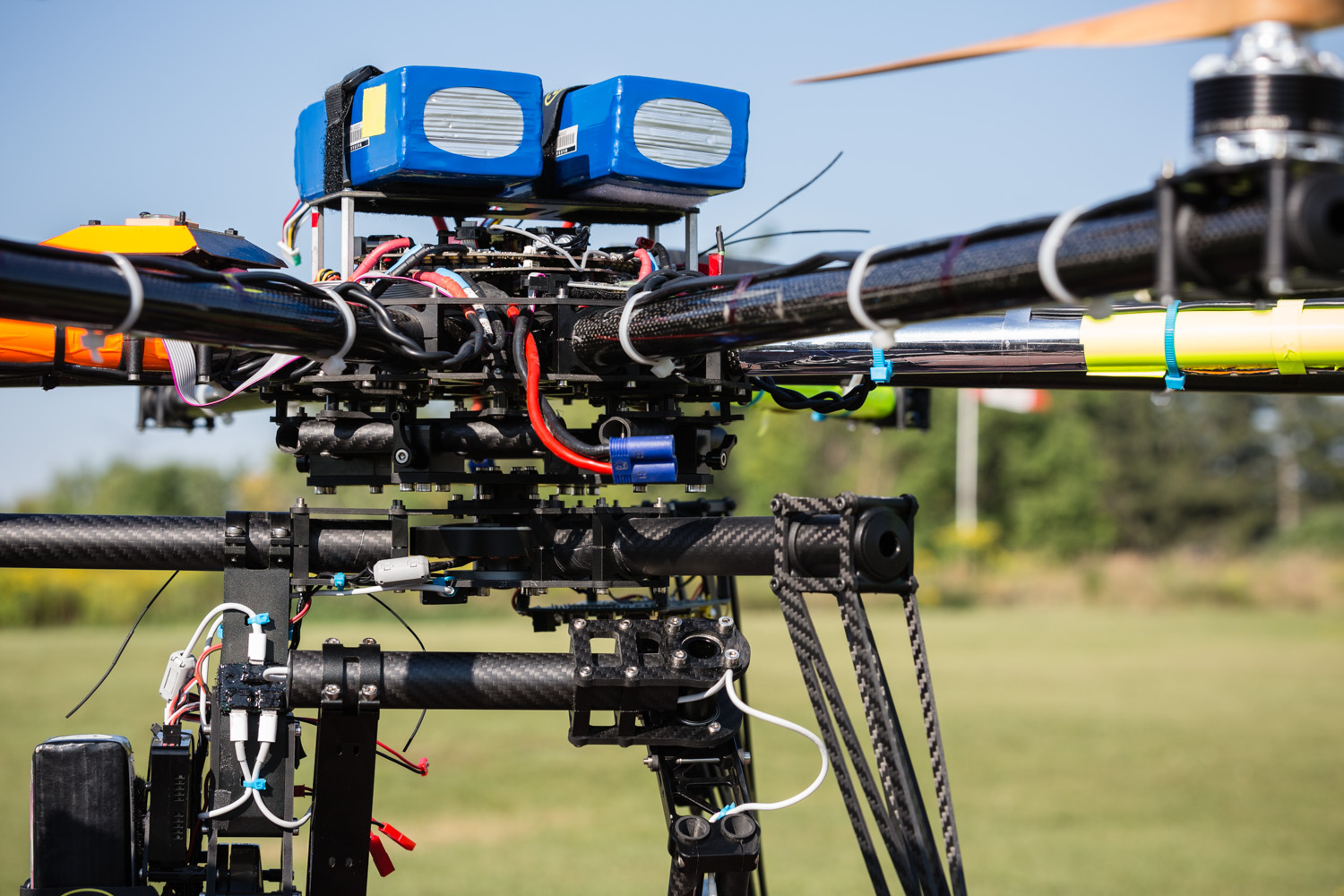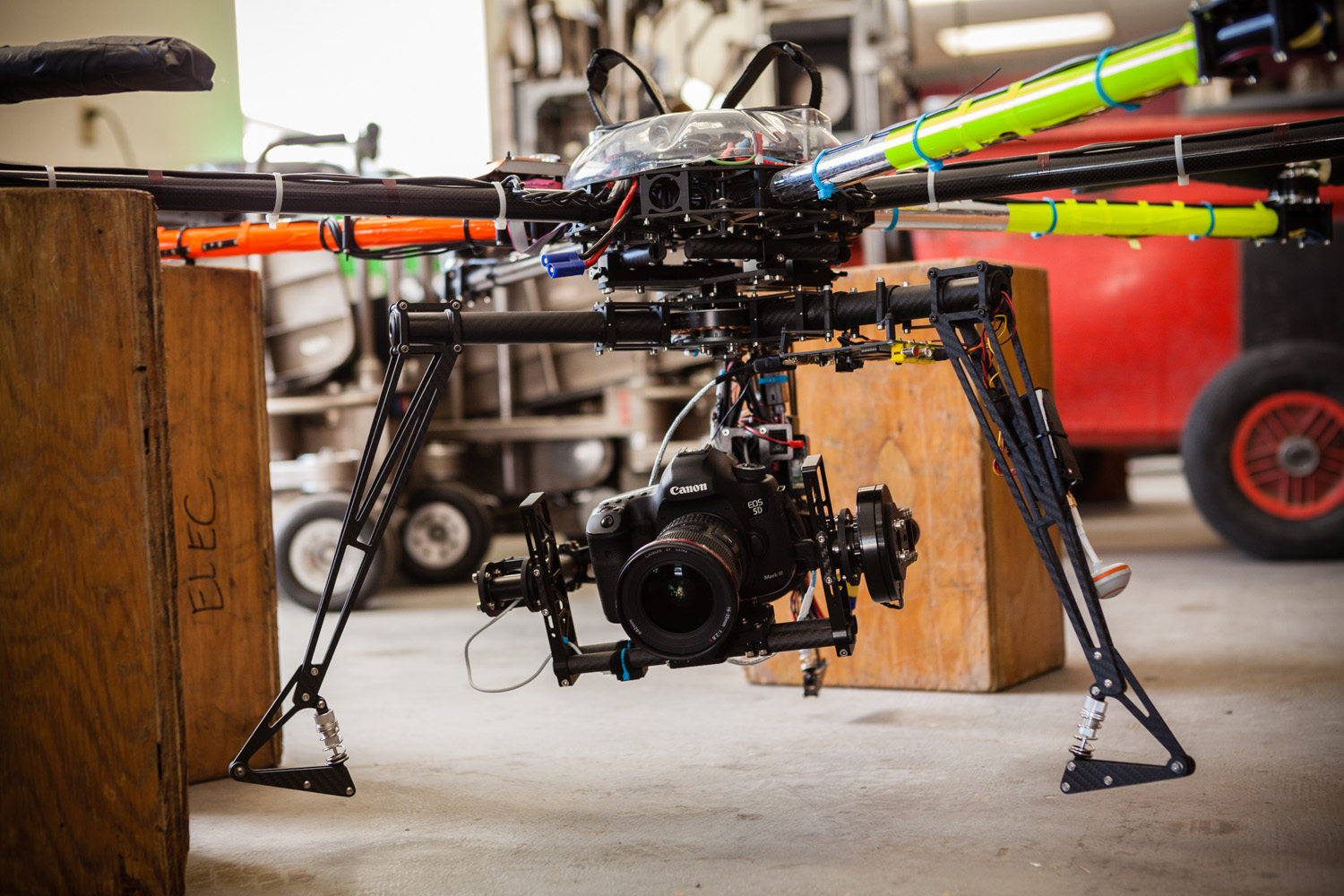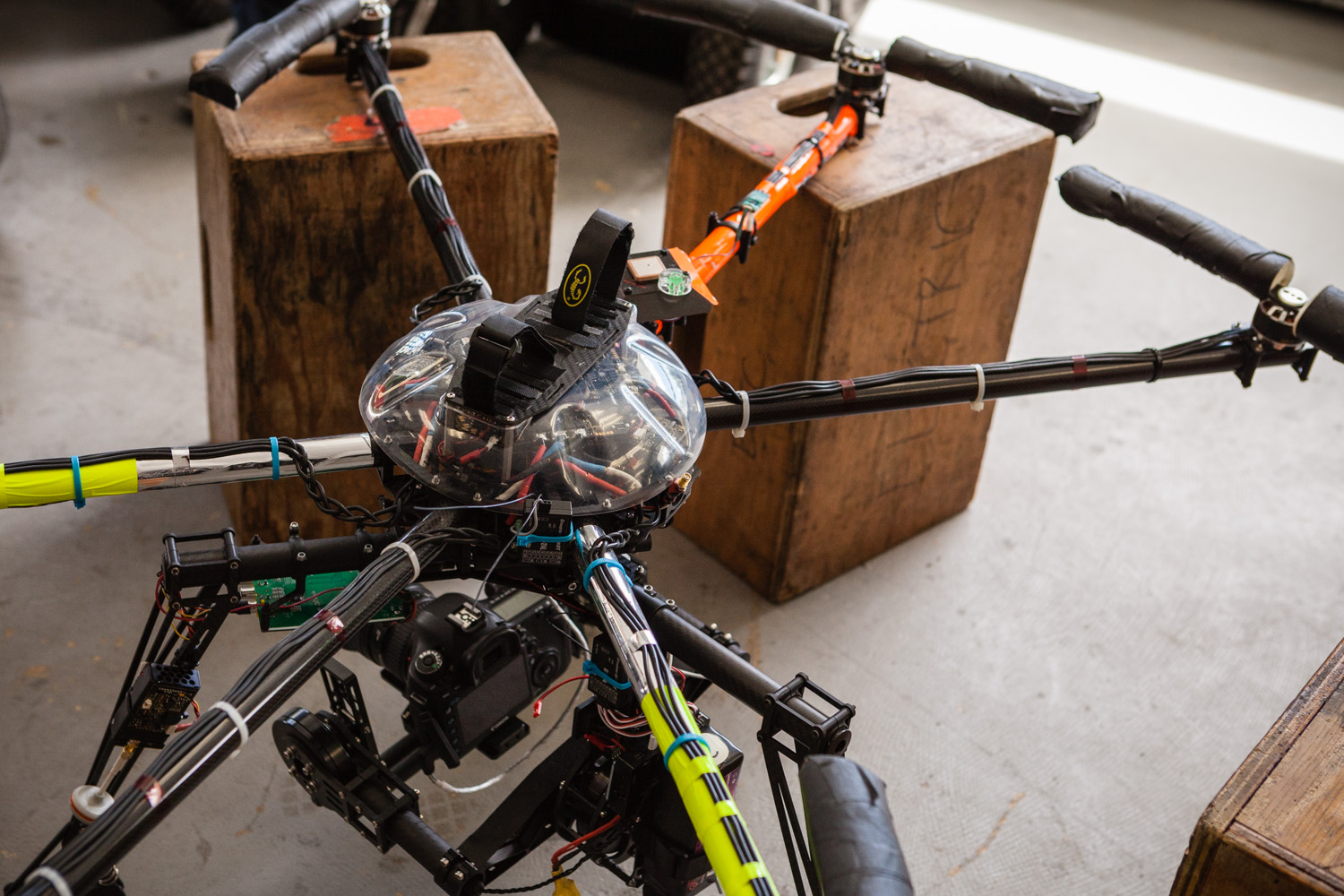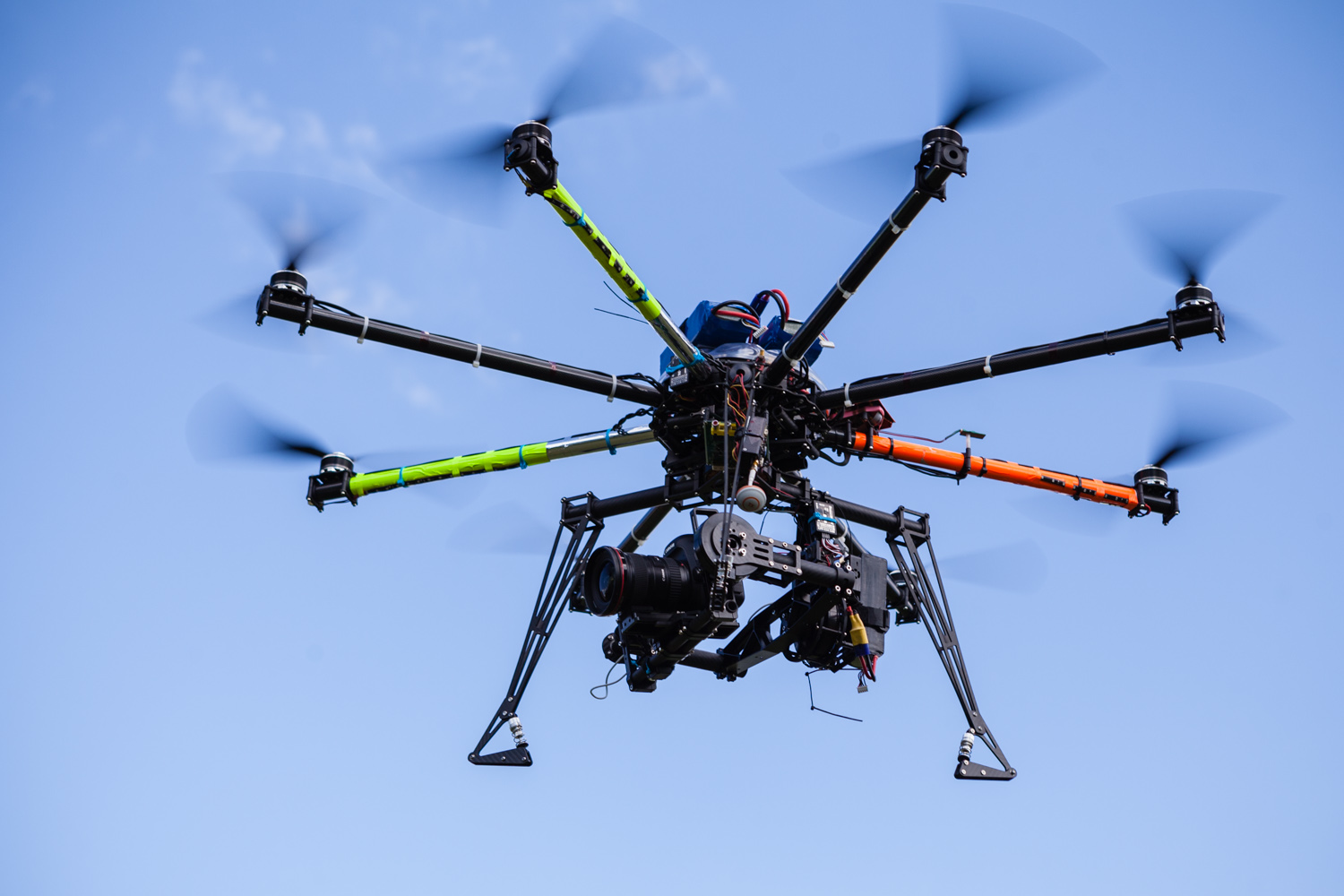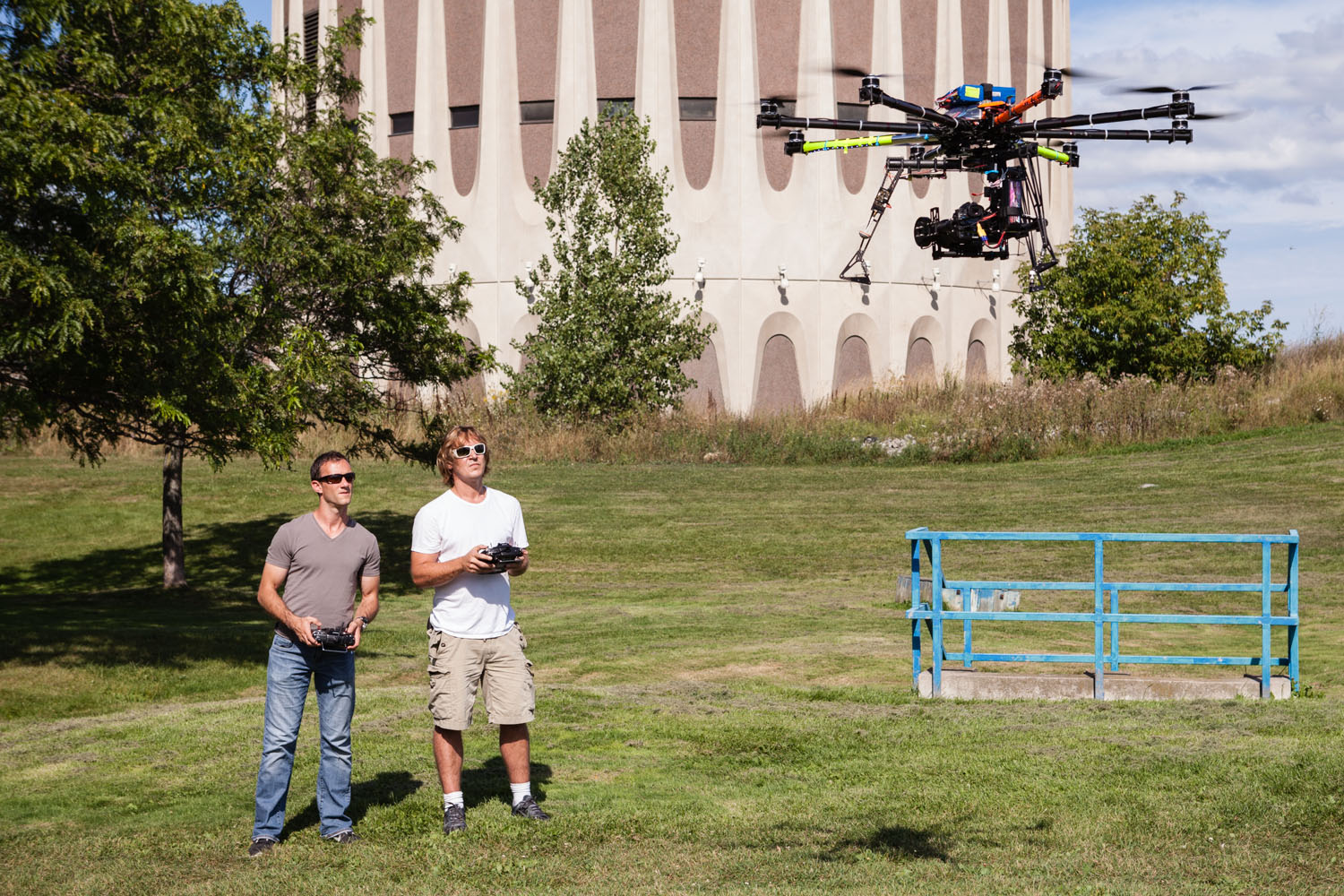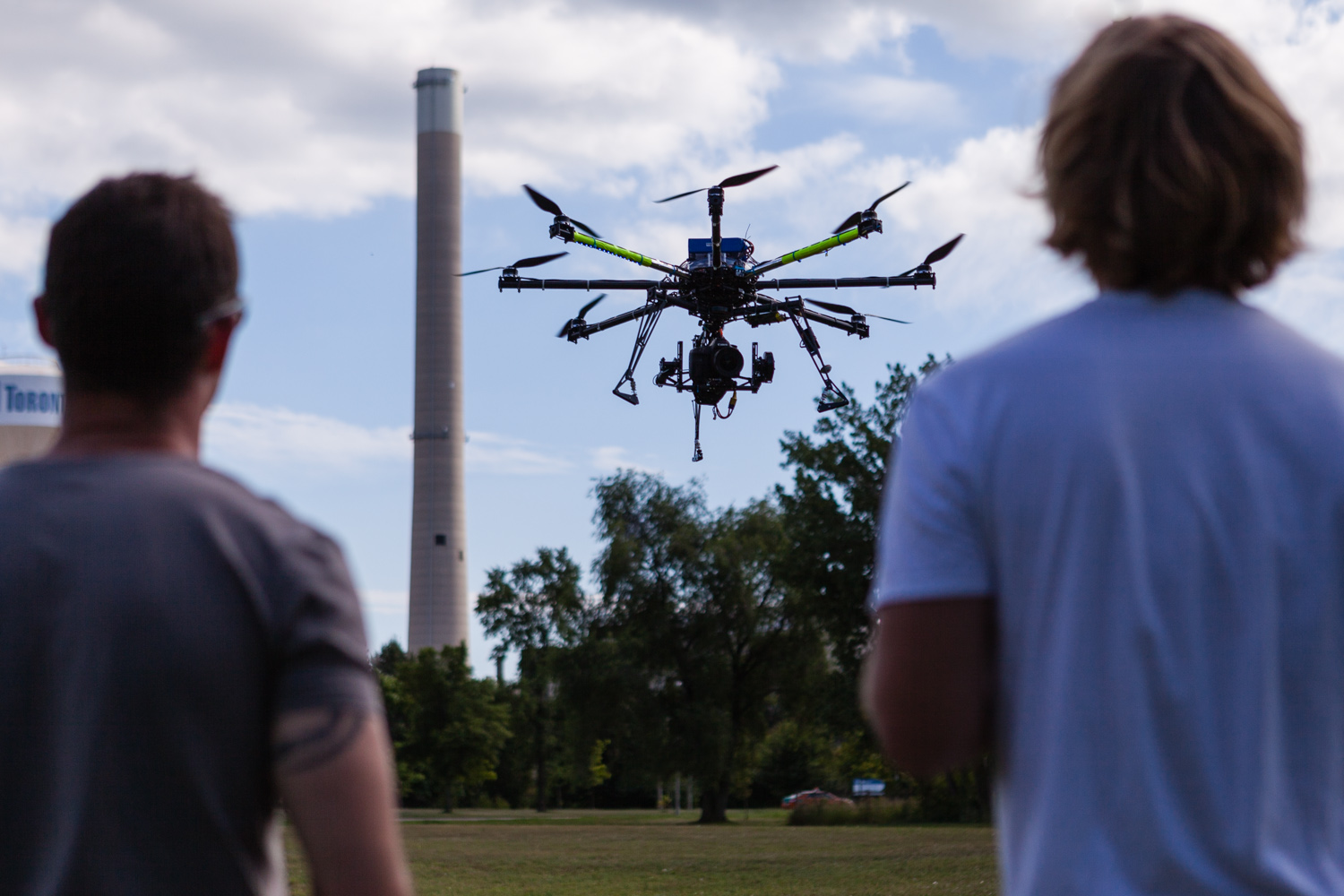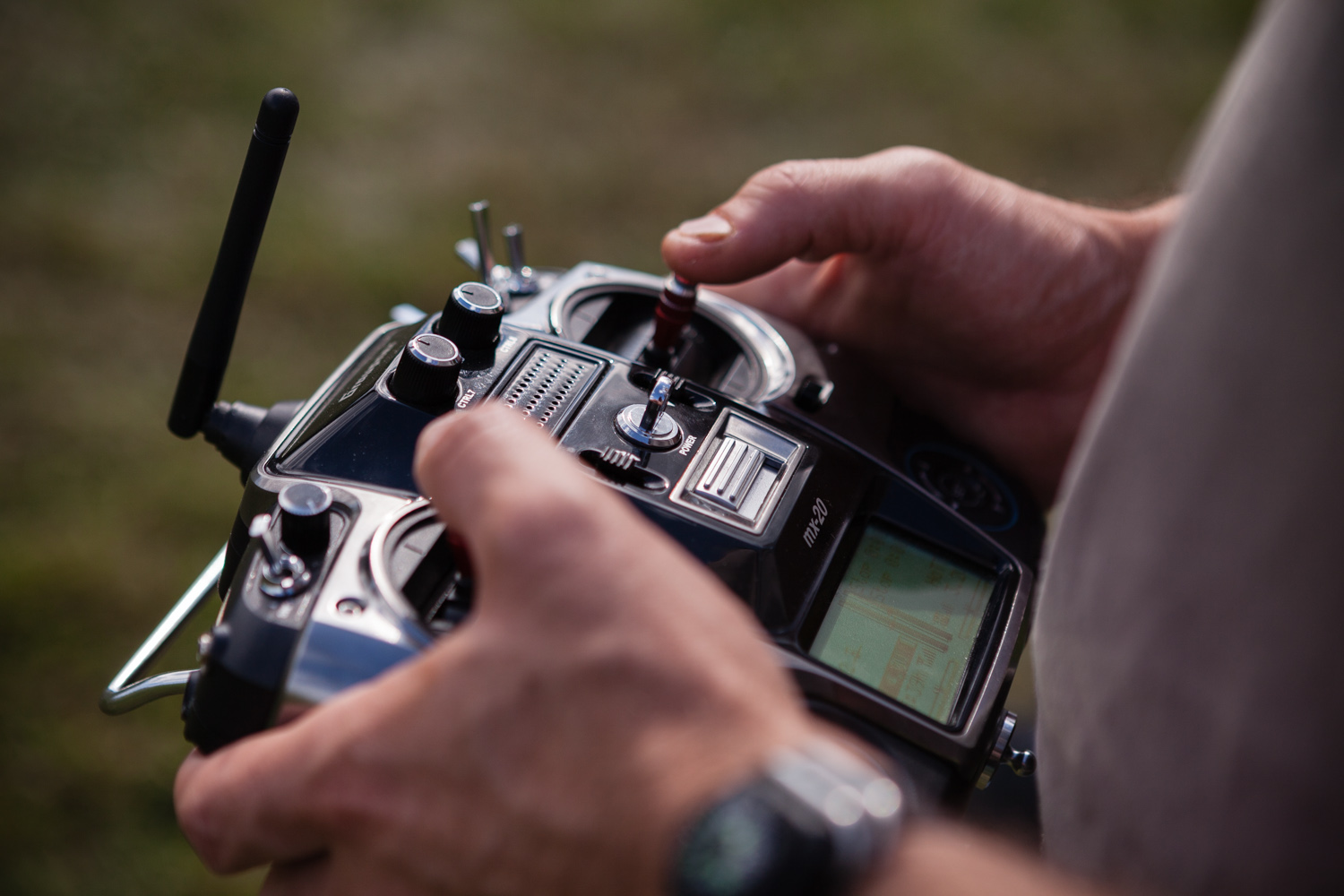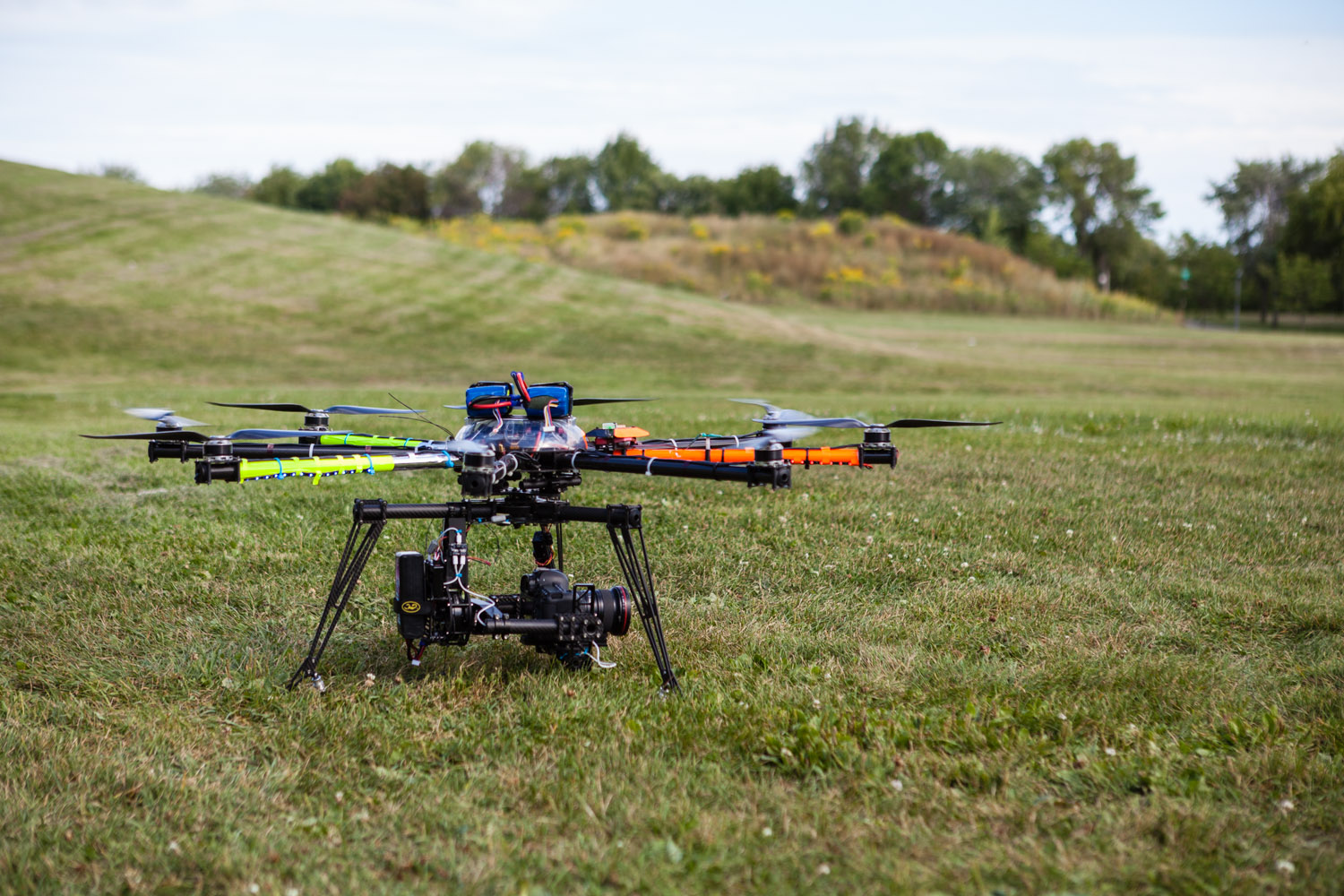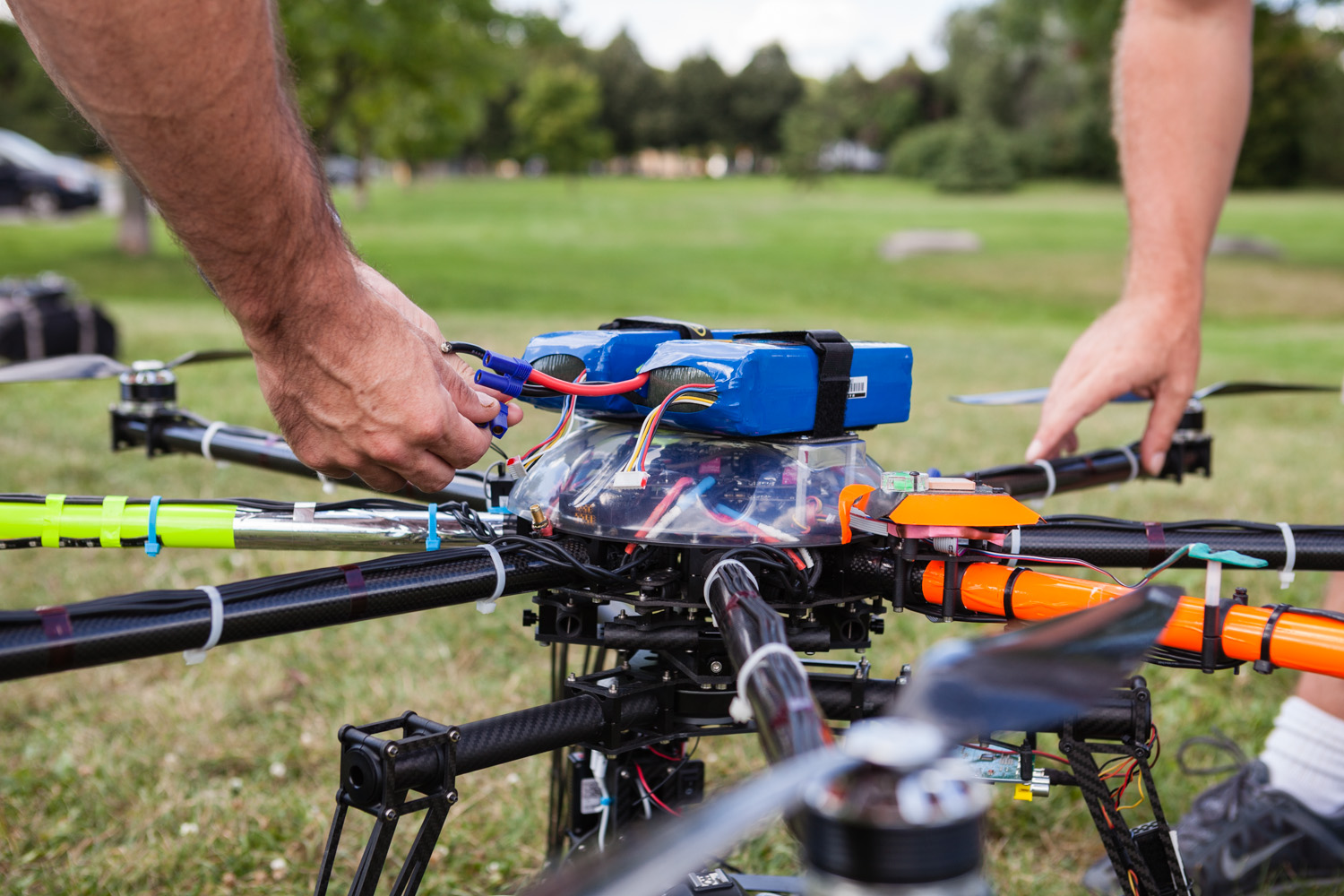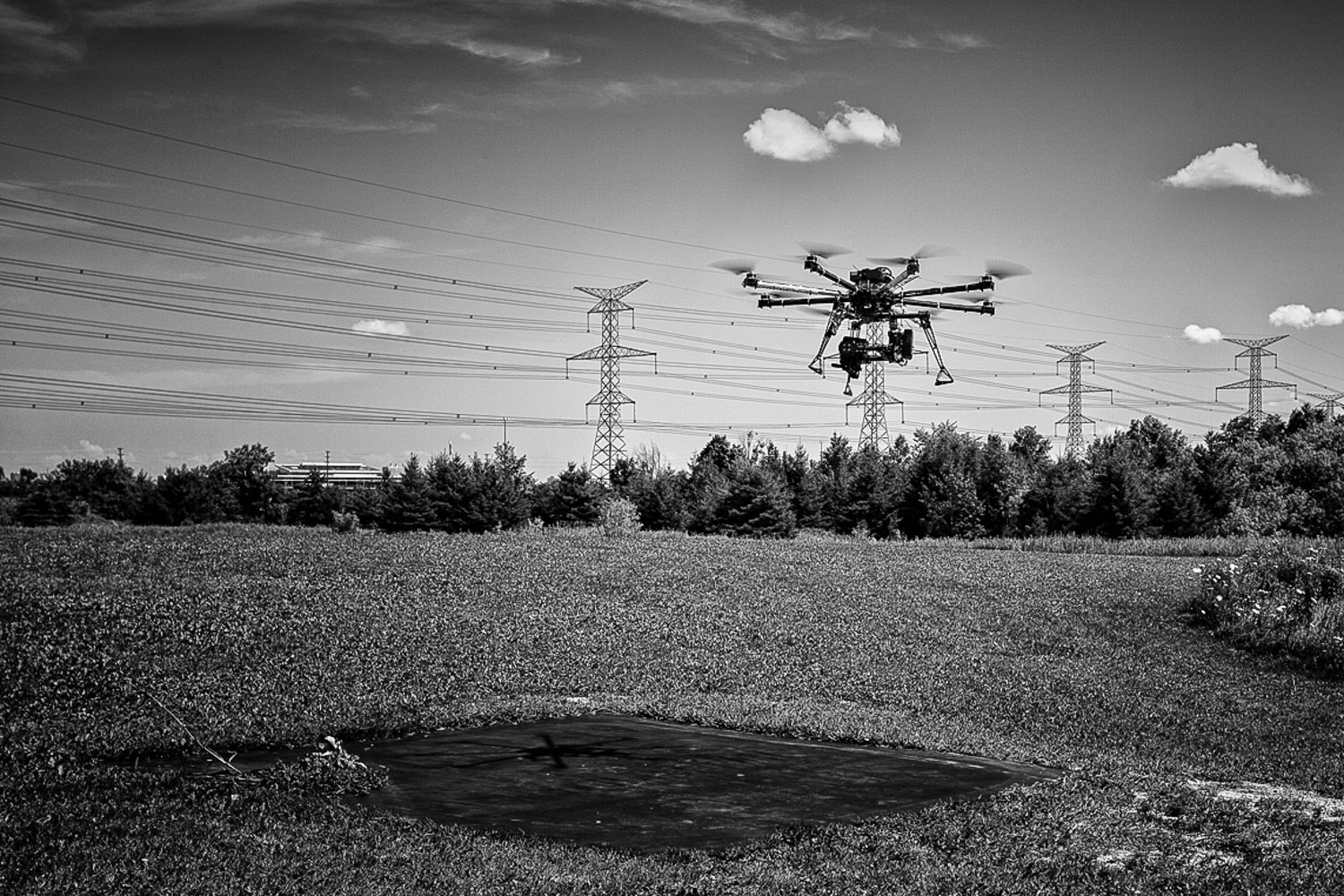Live on CBC Radio: Here and Now
Christiaan Cloete
Our transport minister launches national campaign on drone safety today. Have a look at the link below from Transport Canada which details all the new rules and regulations.
It's quite informative, what do you guys think?
We'll be sharing our thoughts with CBC Radio 1: Here and Now with Gill Deacon at 5:20pm EST today, stay tuned!
Listen Live: CBC Radio
Fly Safe. Look Up!
Flying an unmanned aircraft
Source: Transport Canada
Think safety first
More and more people are using unmanned aircraft for work or pleasure. Transport Canada regulates their use to keep the public and our airspace safe.
Unmanned aircraft (no pilot on board) go by many names—unmanned air vehicle (UAV), remotely piloted aircraft system, model aircraft, remote control aircraft, and drone.
Call it what you want, but always think safety first.
Safety guidelines
You are responsible to fly your aircraft safely and legally. In Canada, you must:
- Follow the rules set out in the Canadian Aviation Regulations.
- Respect the Criminal Code as well as all municipal, provincial, and territorial laws related to trespassing and privacy
Transport Canada expects you to follow these basic Do’s and Don’ts.
Do
- Only fly your aircraft during daylight and in good weather (not in clouds or fog).
- Always be able to see your aircraft with your own eyes – not only through an on-board camera, monitor or smartphone.
- Make sure your aircraft is safe for flight before take-off. Ask yourself, for example, are the batteries fully charged? Is it too cold to fly?
- Know when to apply for a Special Flight Operations Certificate
- Respect the privacy of others – for example, avoid flying your aircraft over private property or using it to take photos or videos without permission.
Don’t fly:
- Any closer than 5 miles (8 km) from any airport, heliport or aerodrome.
- Higher than 300 feet (90 metres) above the ground.
- Within restricted airspace (such as military bases, prisons, forest fire areas).
- Closer than 100 feet (30 metres) from vehicles, boats, buildings, structures or people.
- In populated areas or near large groups of people (such as at sporting events, concerts, festivals, firework shows).
- Where or when you could interfere with any first responders (fire department, police, etc) as they conduct their duties.
- Near moving vehicles. Avoid highways, bridges, busy streets or anywhere you could endanger or distract drivers.
We all have a responsibility to respect the Criminal Code as well as all municipal, provincial, and territorial laws regarding trespassing and privacy.
Apply for a Special Flight Operations Certificate
Sometimes you need permission from Transport Canada before using your UAV or drone. You must apply for a Special Flight Operations Certificate if:
- You use your aircraft for work or academic purposes, such as aerial photography, geomatic surveying, crop observation, advertising, research and development, etc.)
- Your aircraft weighs more than 35 kilograms (77 pounds) regardless if you use it for work or pleasure.
Frequently Asked Questions
Question 1:
What is the purpose of a Special Flight Operations Certificate?
Answer:
Special Flight Operations Certificates are required under the Canadian Aviation Regulations so that Transport Canada can verify operators can use their UAV or drone reliably and safely.
The Special Flight Operations Certificate contains conditions specific to the proposed use, such as maximum altitudes, clearance from people and property, operating areas, and coordination with air traffic services.
Question 2:
How do I apply for a Special Flight Operations Certificate?
Answer:
You must email a detailed application to the nearest Transport Canada regional office. You must provide your contact information and describe how, when and where you plan to use your UAV or drone. You can find more information on what you need to include in your application at https://www.tc.gc.ca/eng/civilaviation/opssvs/managementservices-referencecentre-documents-600-623-001-972.htm.
If you have any questions about applying for a Special Flight Operations Certificate, please contact services@tc.gc.ca.
Question 3:
How long does it take to get a Special Flight Operations Certificate?
Answer:
Transport Canada processes applications on a first-come-first-served basis, and aims to process them within 20 working days. This means:
- It may take longer if we must contact you for more information or have received a large number of applications.
- You should apply at least 20 working days before you intend to use your UAV or drone
Question 4:
How long is a Special Flight Operations Certificate valid?
Answer:
A Special Flight Operations Certificate is valid for a limited period of time.
If you have proven that you can use your UAV or drone safely, Transport Canada may:
- Approve longer-term validity periods
- Grant new applications more quickly
Question 5:
How does Transport Canada enforce the regulations?
Answer:
Transport Canada regulates the use of all aircraft, manned and unmanned, to keep the public and our airspace safe and secure.
If the department receives a report of an incident, one of our inspectors will follow up to verify that the operator followed the rules and operated the aircraft safely. For example:
- If the operator is flying for recreational purposes, it’s illegal to fly an aircraft in a way that puts aviation safety at risk. The courts would decide on the penalty.
- If the operator is flying an aircraft without a Special Flight Operations Certificate, and should be, Transport Canada can issue fines up to $5,000 for an individual and up to $25,000 for a corporation.
- If an operator does not follow the requirements of their Special Flight Operations Certificate, Transport Canada can issue fines of up to $3,000 for an individual and up to $15,000 for a corporation.
Question 6:
Does Transport Canada plan to review the current regulations for unmanned aircraft like UAV, model aircraft or drones?
Answer:
Yes. Transport Canada is working with stakeholders and international partners to review and update safety regulations that will address developments in this growing sector and advancements in technology. Our goal is always to maintain the safety of those on the ground and in the sky.
Question 7:
What laws apply to unmanned aircraft?
Answer:
In aviation, you must always think safety first. In addition to respecting the Canadian Aviation Regulations, you must follow the rules in all acts and regulations—including the Criminal Code as well as all municipal, provincial, and territorial laws regarding trespassing and privacy.
If you think someone has committed a criminal offense, please contact your local police department.
If you are concerned about the safe operation of an aircraft, you can report it to Transport Canada at services@tc.gc.ca.
Question 8:
Why are there so many different terms for unmanned aircraft?
Answer:
You probably know them as “drones”, but the aviation community uses many different terms. The words to describe unmanned aircraft are changing almost as quickly as the technology itself.
In Canada, our laws use two terms:
- Unmanned air vehicle, or UAV, typically refers to more complex aircraft used in commercial operations
- Model aircraft describes those usually used by hobbyists for recreational purposes.
Other countries are using the term “remotely piloted aircraft system”, or RPAS. The International Civil Aviation Organization uses this term as a catch-all for all unmanned aircraft.
Call your aircraft what you like—but Transport Canada expects you to operate it safely and legally!
Question 9:
How many Special Flight Operations Certificates has Transport Canada issued?
Answer:
Transport Canada issues more Special Flight Operations Certificates each year, as UAVs and drones grow in popularity. Between 2010 and 2013, we issued 1,527 approvals for UAV operations..





